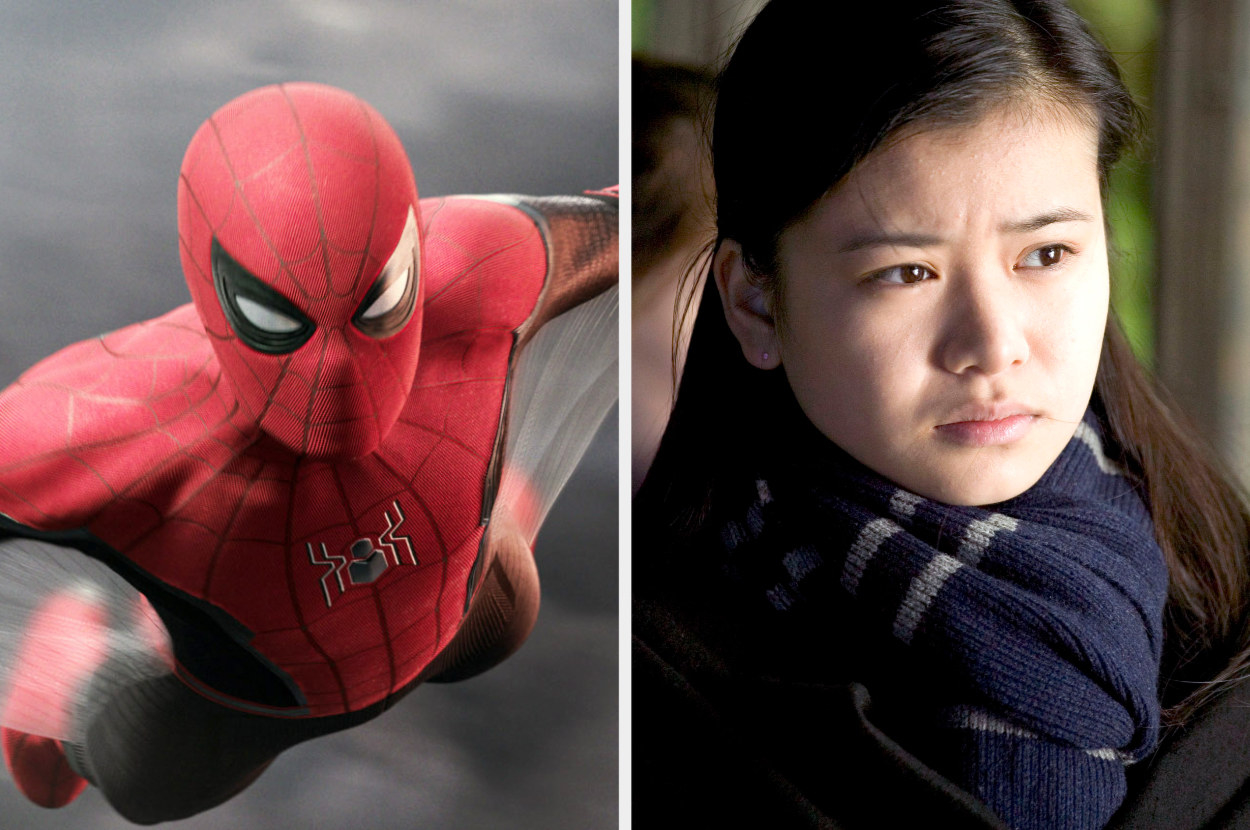Warning: Spoilers ahead!
1. Mary Poppins author P.L. Travers hated the Disney adaptation of her books so much that she "wept through the entire premiere screening." One change that especially annoyed her was Disney's decision to make the titular nanny "a very pretty girl, which really loses the point."
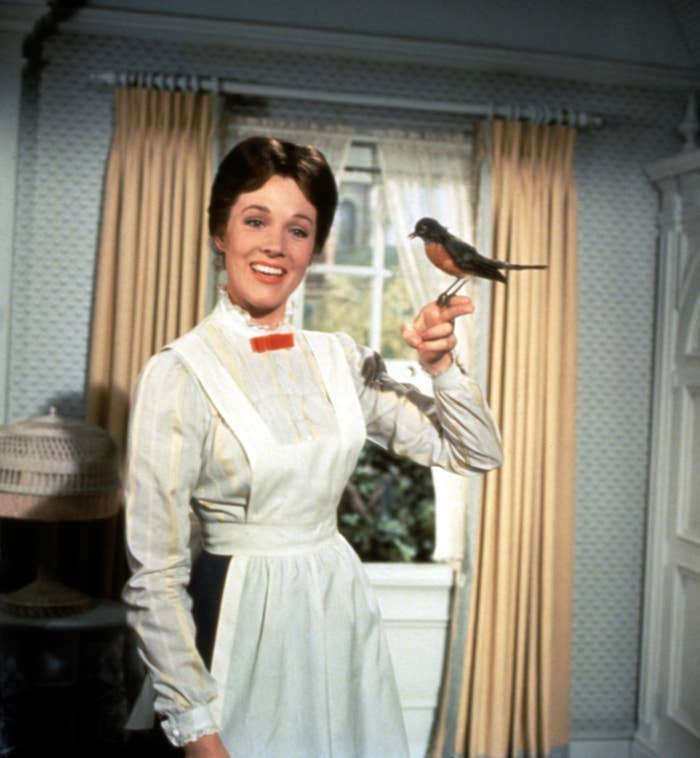
Travers said, "Julie Andrews, a friend of mine, has all the necessary integrity to play the part – she was just directed wrongly."
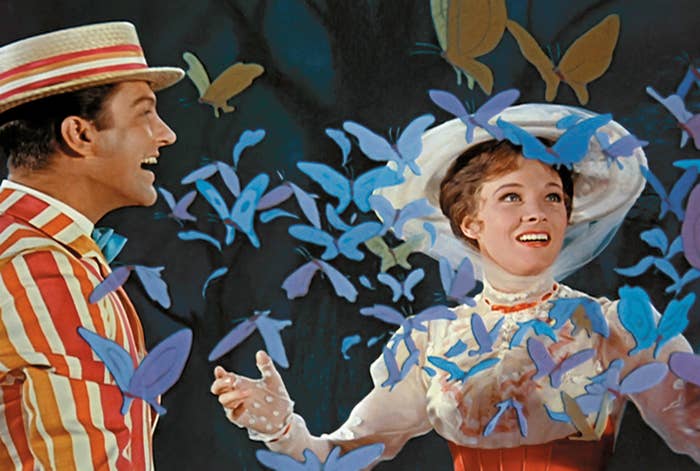
2. In an interview with Entertainment Weekly, Neil Gaiman said that he "loved" the "sassy, blue-haired, American Coraline" in the film adaptation of his novella Coraline.
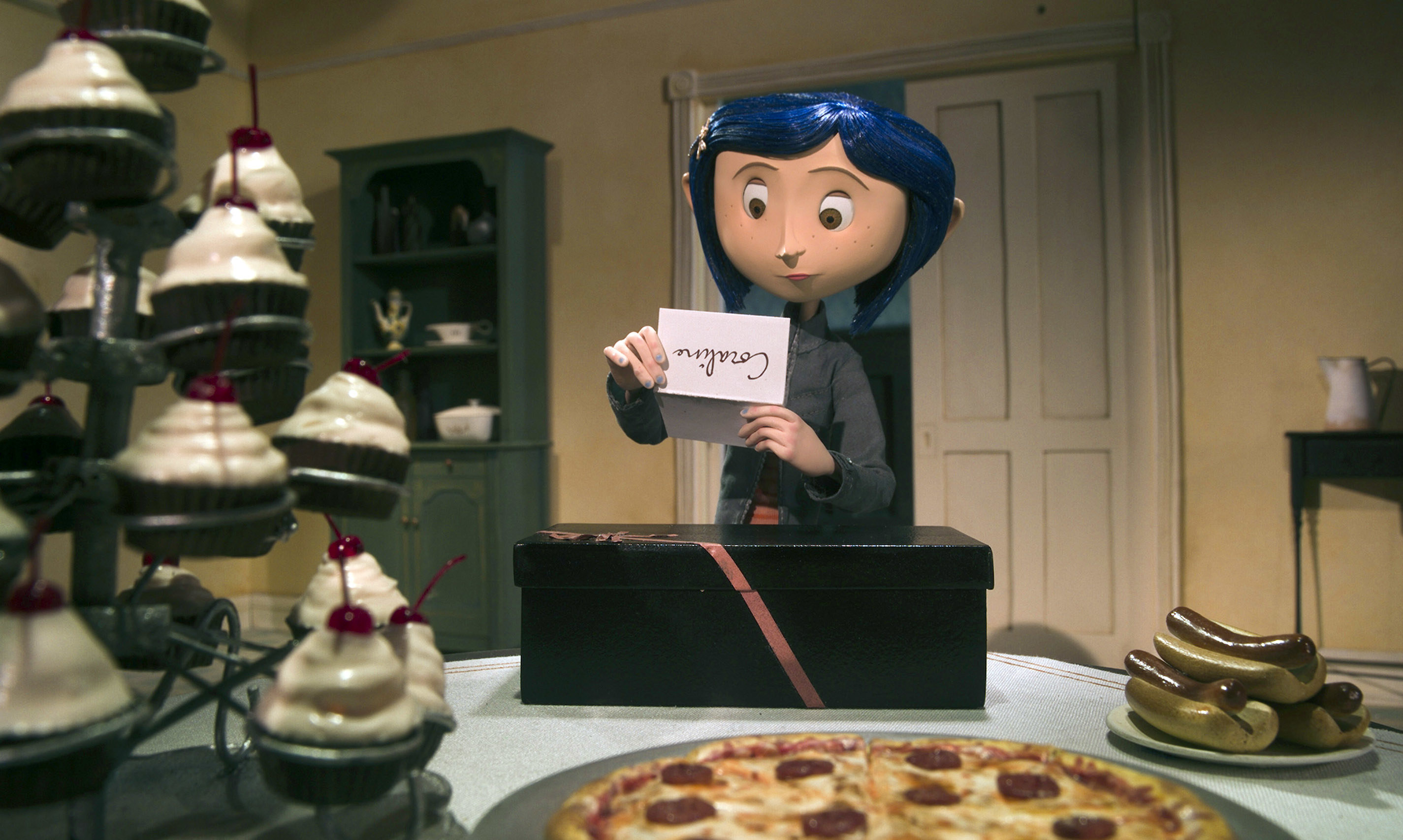
In Coraline (the book), Coraline (the character) is British and, as far as the reader knows, doesn't sport a royal blue bob.
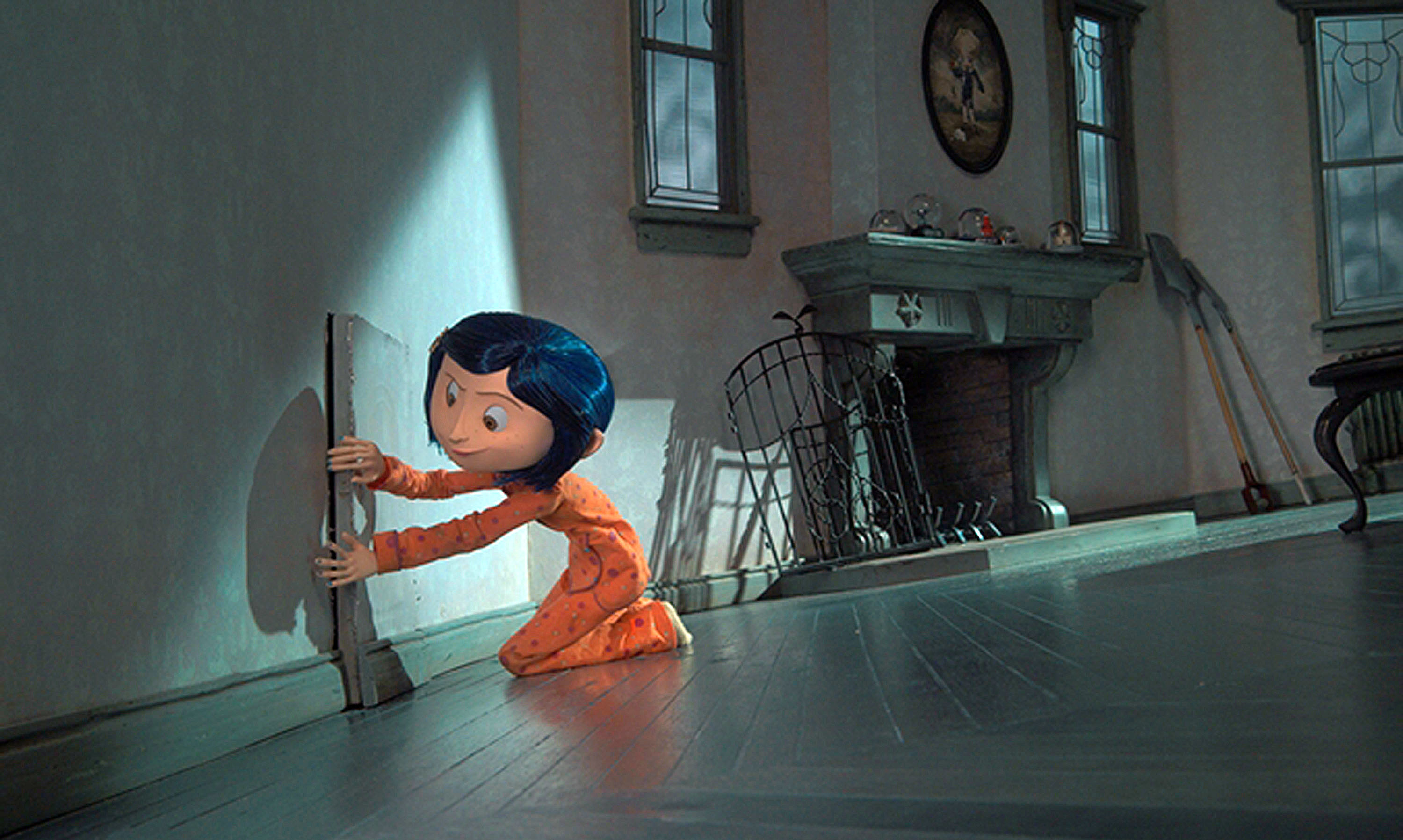
3. But Gaiman was less enthusiastic about how Coraline's final confrontation with the Other Mother (or her disembodied hand, at least) played out.
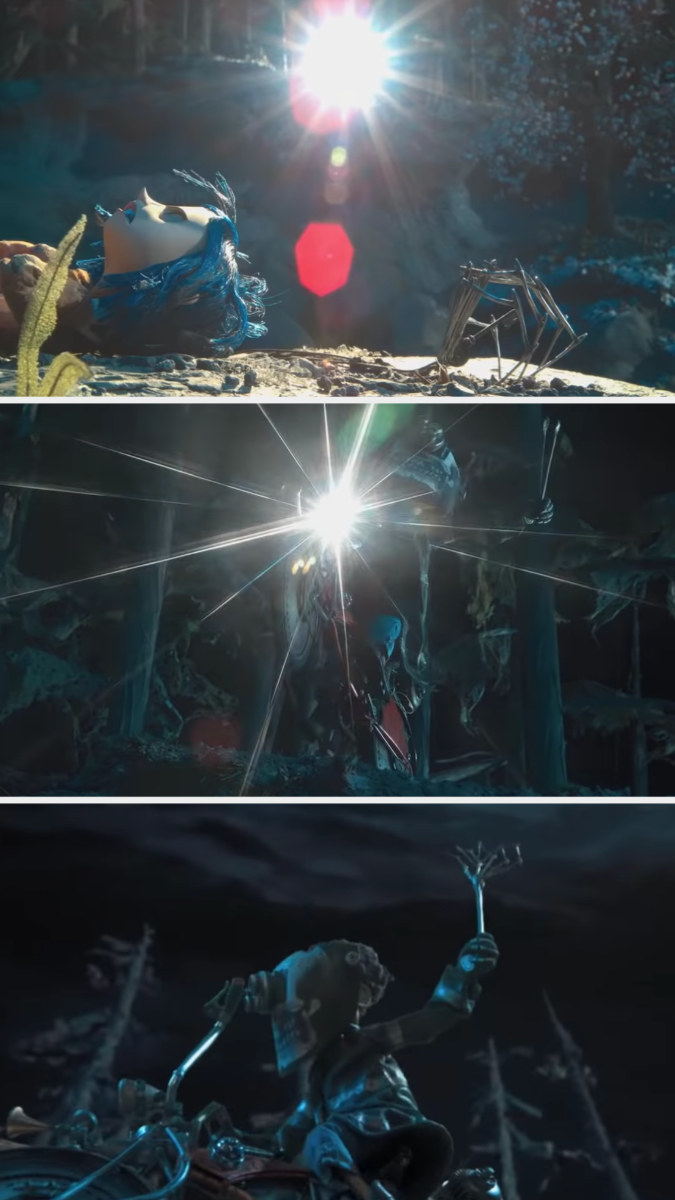
In the same interview with Entertainment Weekly, Gaiman expressed his disapproval over Wybie saving Coraline from the skeletal hand and then smashing it with a rock. He said, "I was uncomfortable with feeling like Wybie had rescued [Coraline] at the end. She has to rescue herself."
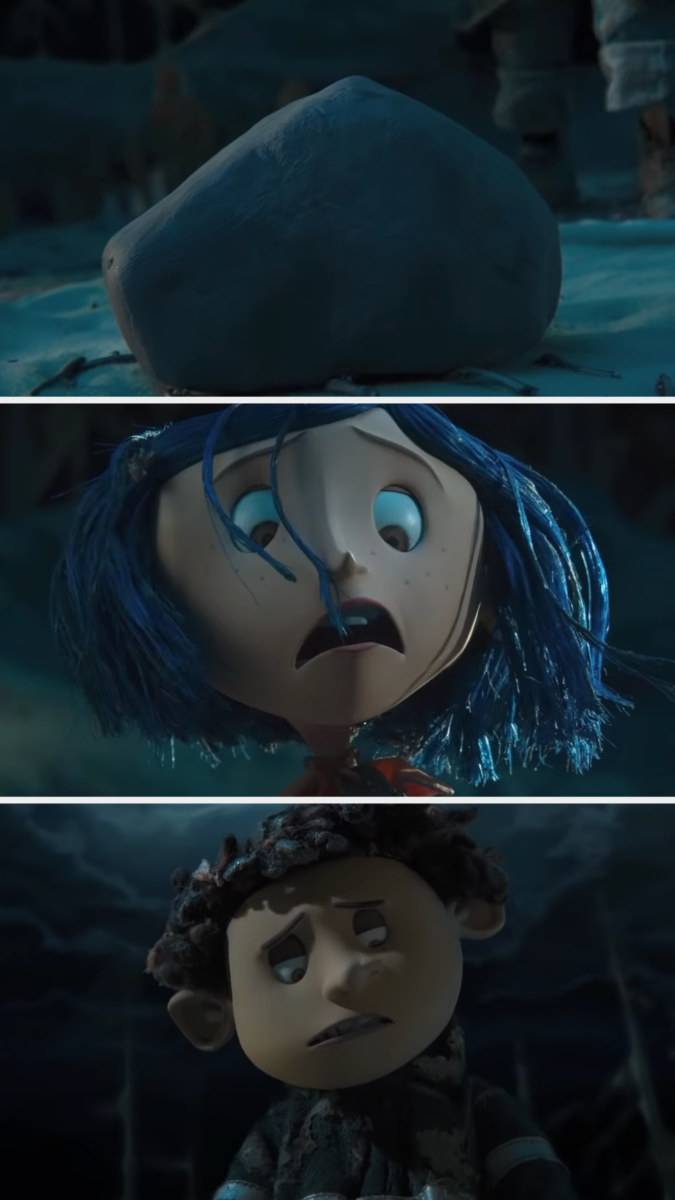
4. George R. R. Martin likes the version of Shae from the Game of Thrones TV show better than the one in his books.
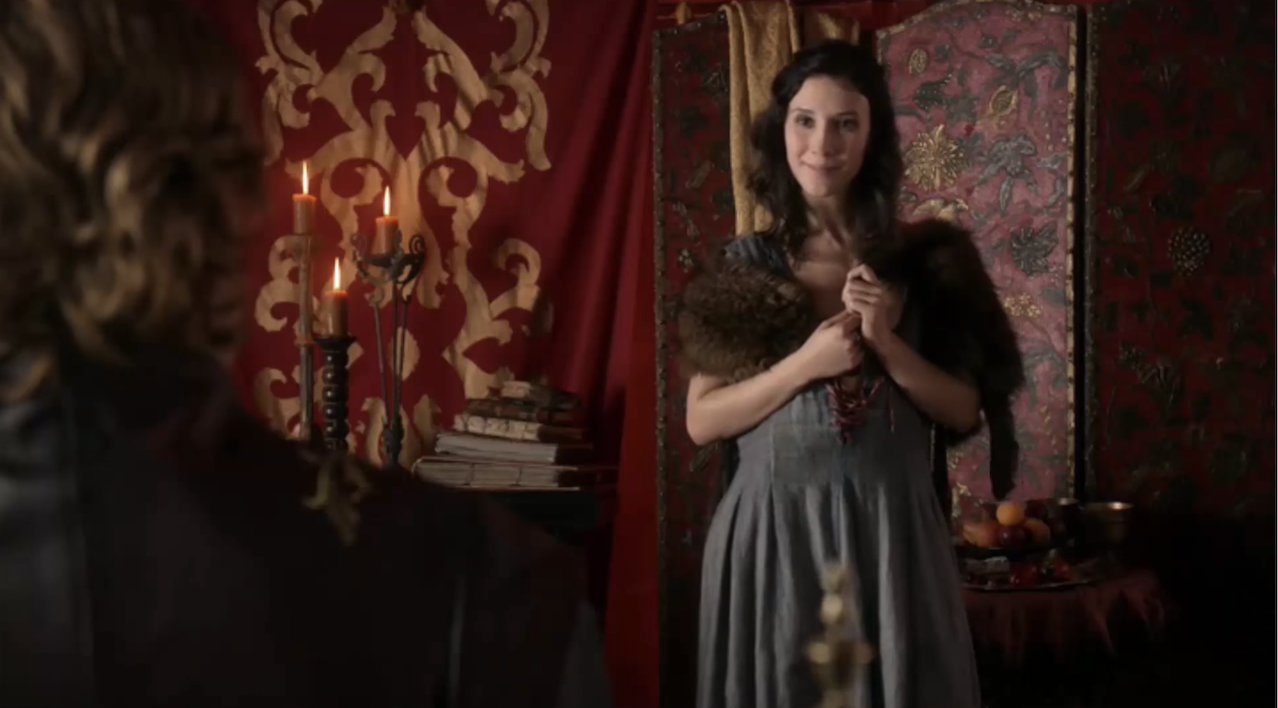
In an interview, Martin said that actor Sibel Kekilli's "take on Shae was much different than the character's in the books." At first, Martin was taken aback by how unrecognizable Kekilli's Shae was, but he soon became convinced that it was "a better Shae." He elaborated, "Her Shae has more depth than my version. Her Shae has more...emotional realism than my Shae."
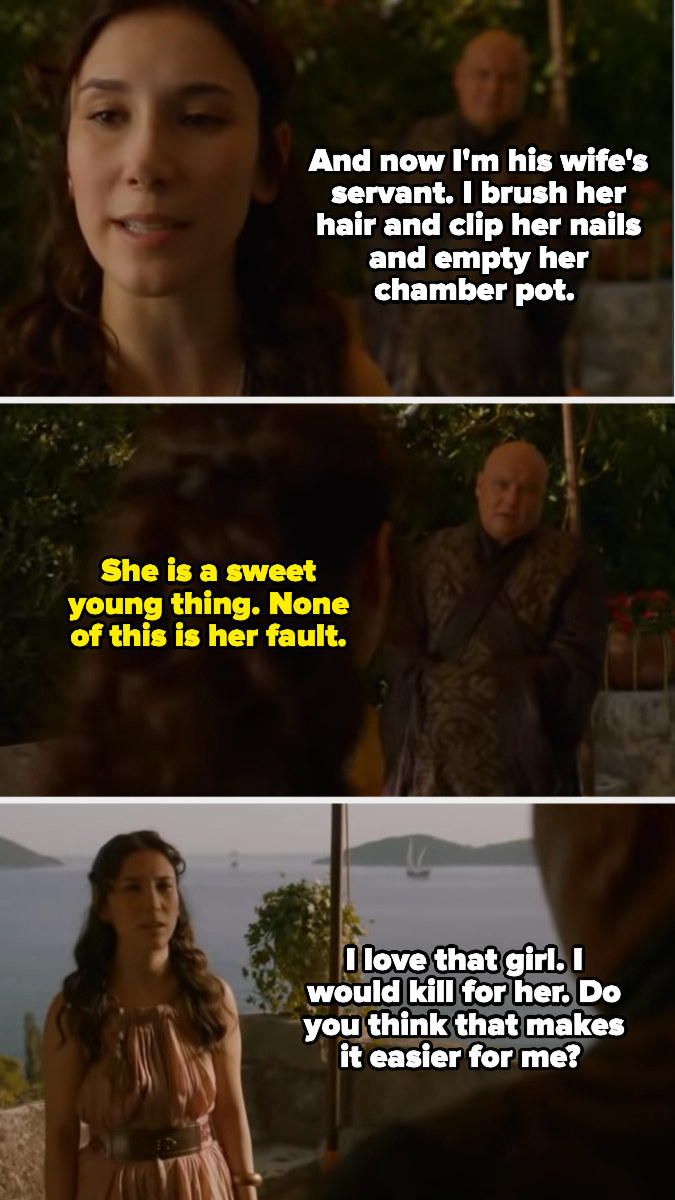
What particularly impressed Martin was Kekilli's ability to make Shae her own character, with motivations and personality traits that existed independently of her relationship with Tyrion. He did jokingly point out that while he preferred the onscreen Shae to the one in the books, "They're both dead now, so it doesn't matter."

5. It's no secret that the Percy Jackson movies were a disappointment, to fans and author Rick Riordan alike. But one change in particular miffed Riordan: the decision to age up his characters from 12-year-olds to teenagers.
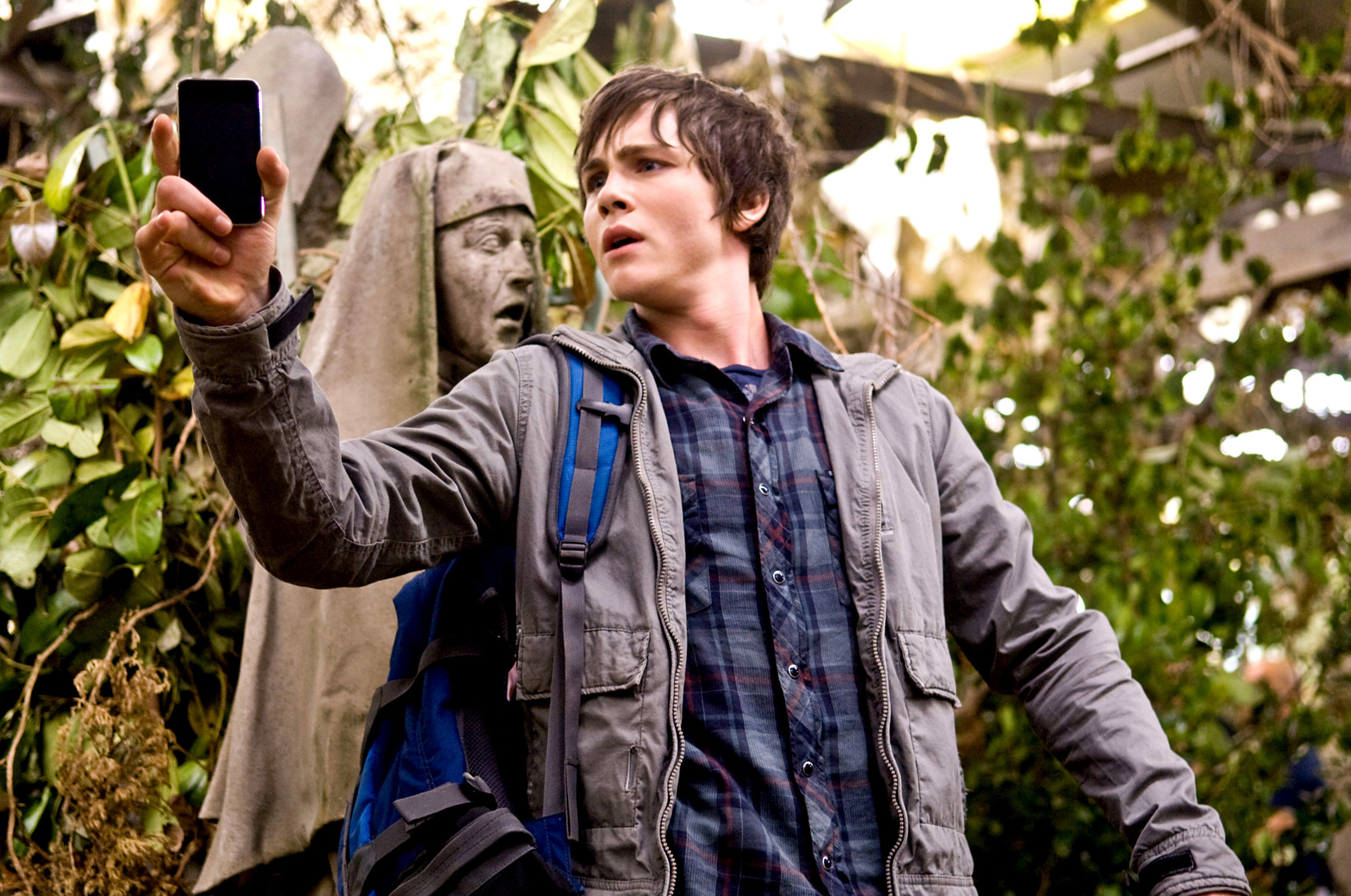
In 2018, Riordan released two emails he sent to producers during the development process. In the first, which was sent in January 2009, he wrote, "I understand that a decision has been made to age the main characters in the film to seventeen. As no one wants to see this film succeed more than I do, I hope you’ll let me share a couple of reasons why this is a bad idea from a money-making point of view."
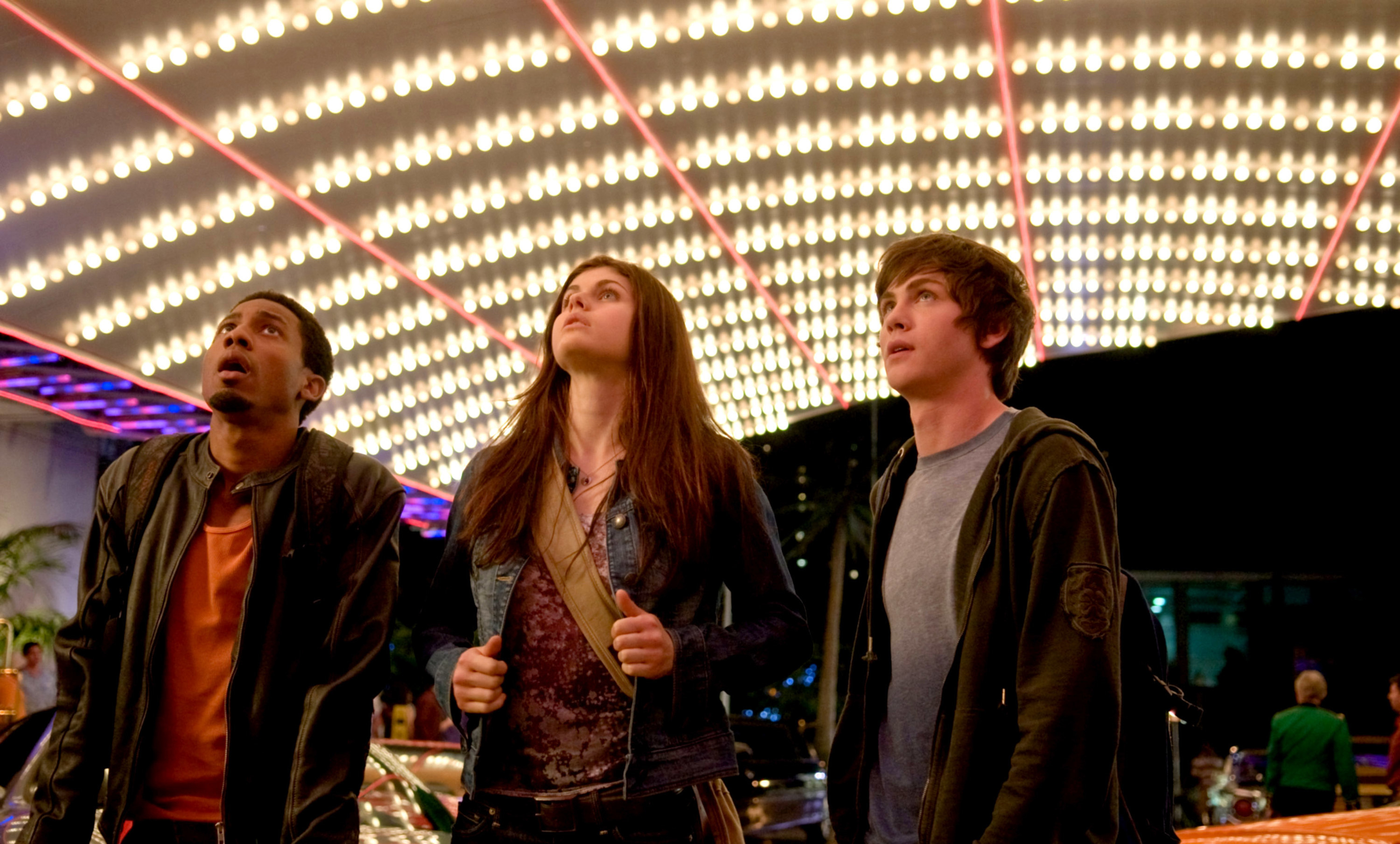
He had two main arguments for why this would be bad business. First of all, "It kills any possibility of a movie franchise." Since the Percy Jackson book series follows the main character "progress[ing] from age twelve to age sixteen," starting when he's 17 would end the story before it really began. Riordan pointed out that the Harry Potter franchise was "lucrative" in part because the filmmakers "took the long view and stayed true to the source material" in keeping the characters 11 years old at the outset.
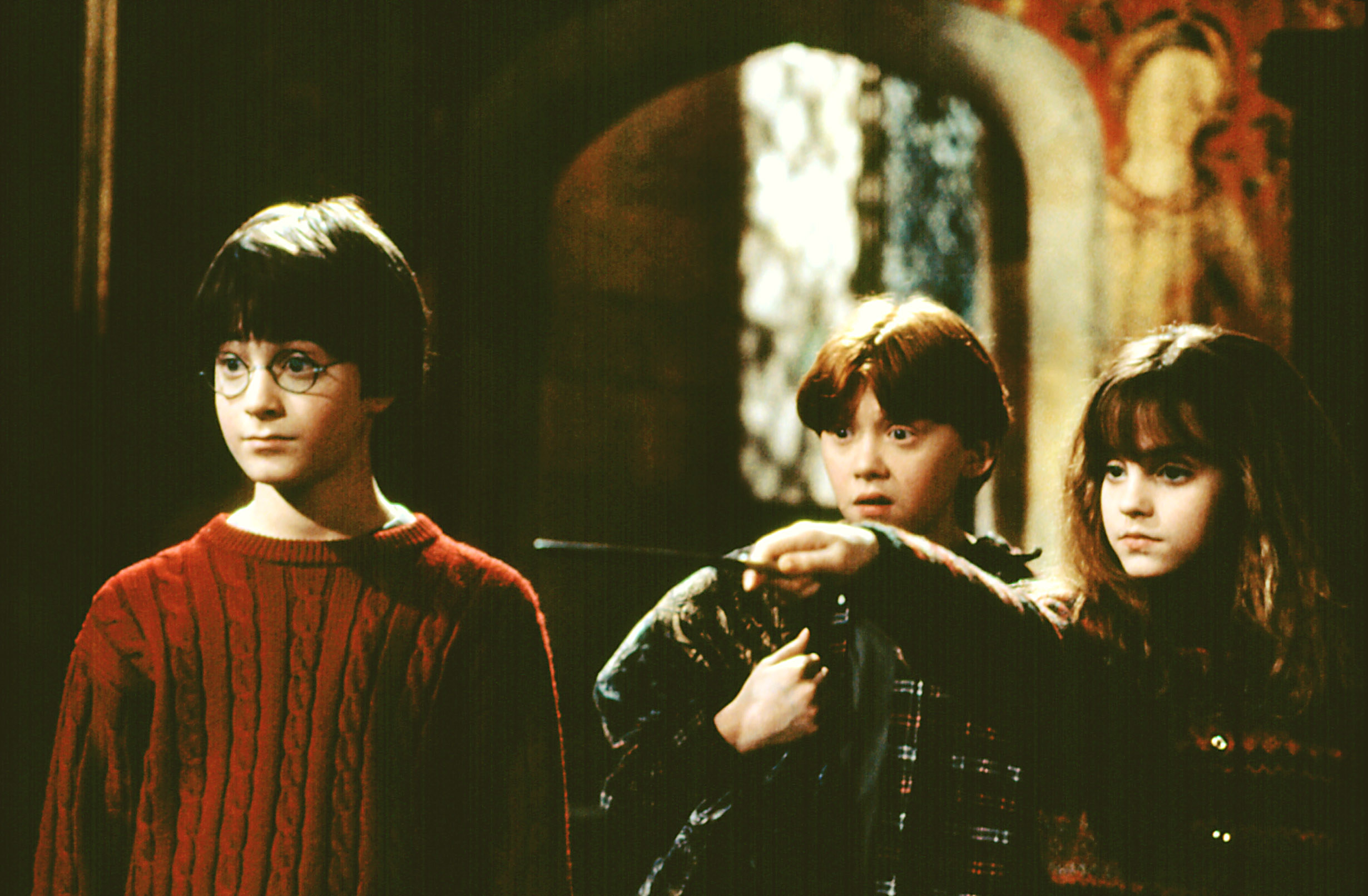
Riordan's second point was that aging up the characters "alienates the core audience." He wrote that with a trailer starring teenagers, "You signal that this is a teen film, when the core audience is families." Needless to say, Riordan's concerns were ignored.

6. Suzanne Collins herself insisted that Effie Trinket be given a larger role in the Mockingjay movies than she was in the books, because she was so impressed by Elizabeth Banks' performance as the District 12 escort.
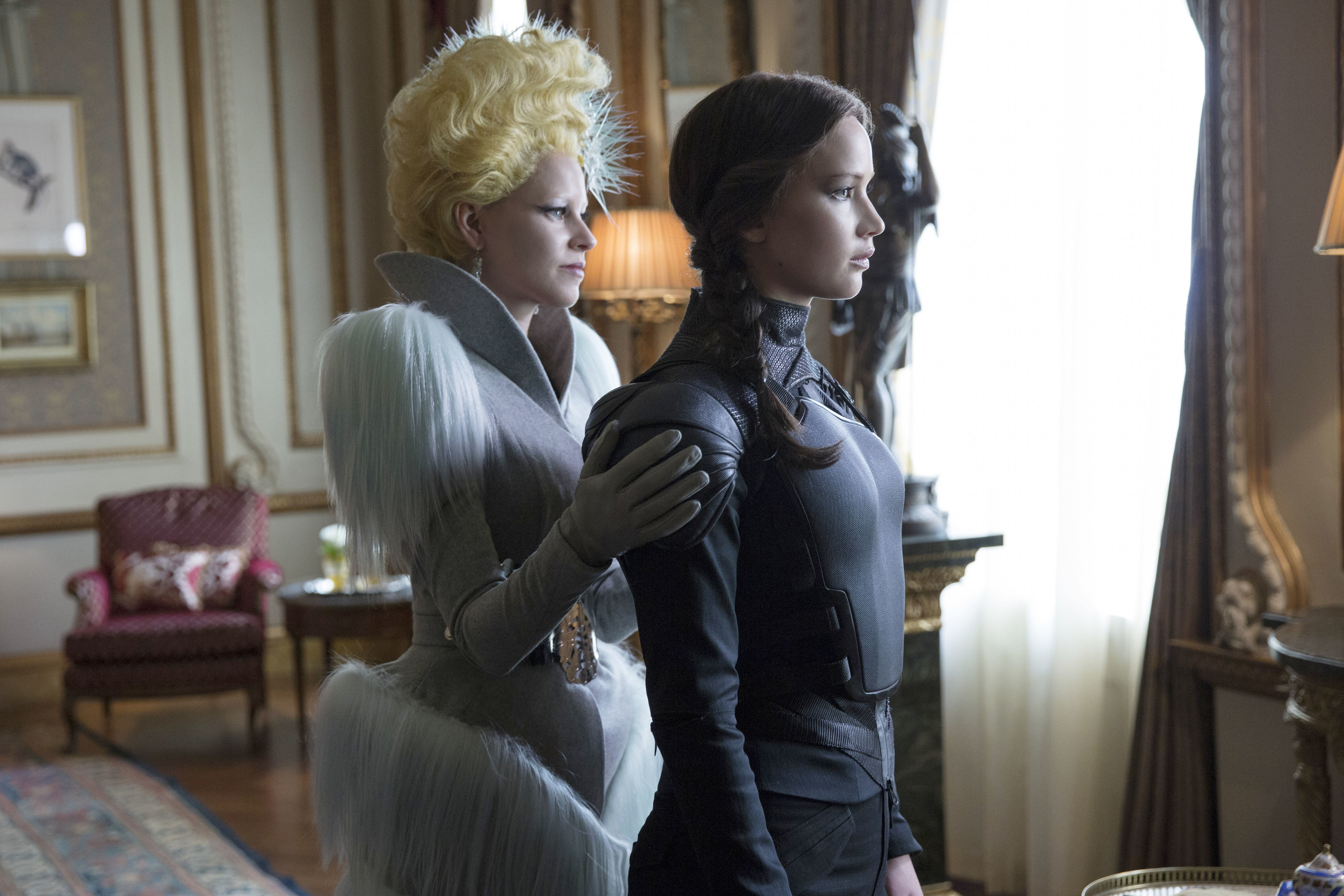
In 2014, director Francis Lawrence said, "When Suzanne Collins saw Catching Fire, she called and one of the first things she said was, ‘There’s no way Effie Trinket cannot be in the Mockingjay films.'"
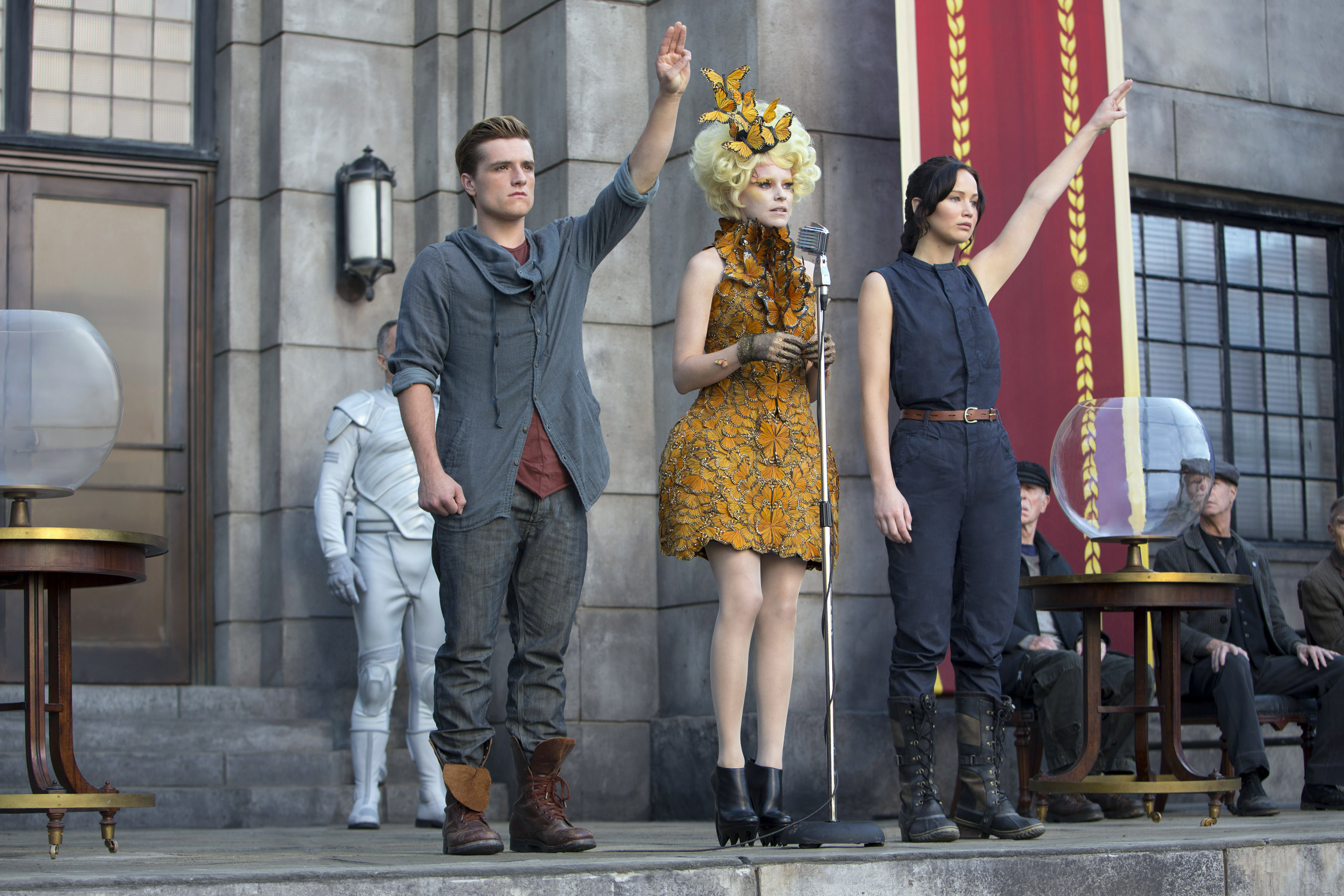
In the novel, Effie is absent for the vast majority of the plot, and only reappears in the final pages. You never learn what exactly happened to her during the rebellion, besides the fact that she was imprisoned after the Quarter Quell, though judging by the Capitol's reputation and Katniss's description of her as "remarkably unchanged except for the vacant look in her eyes," it was nothing good.
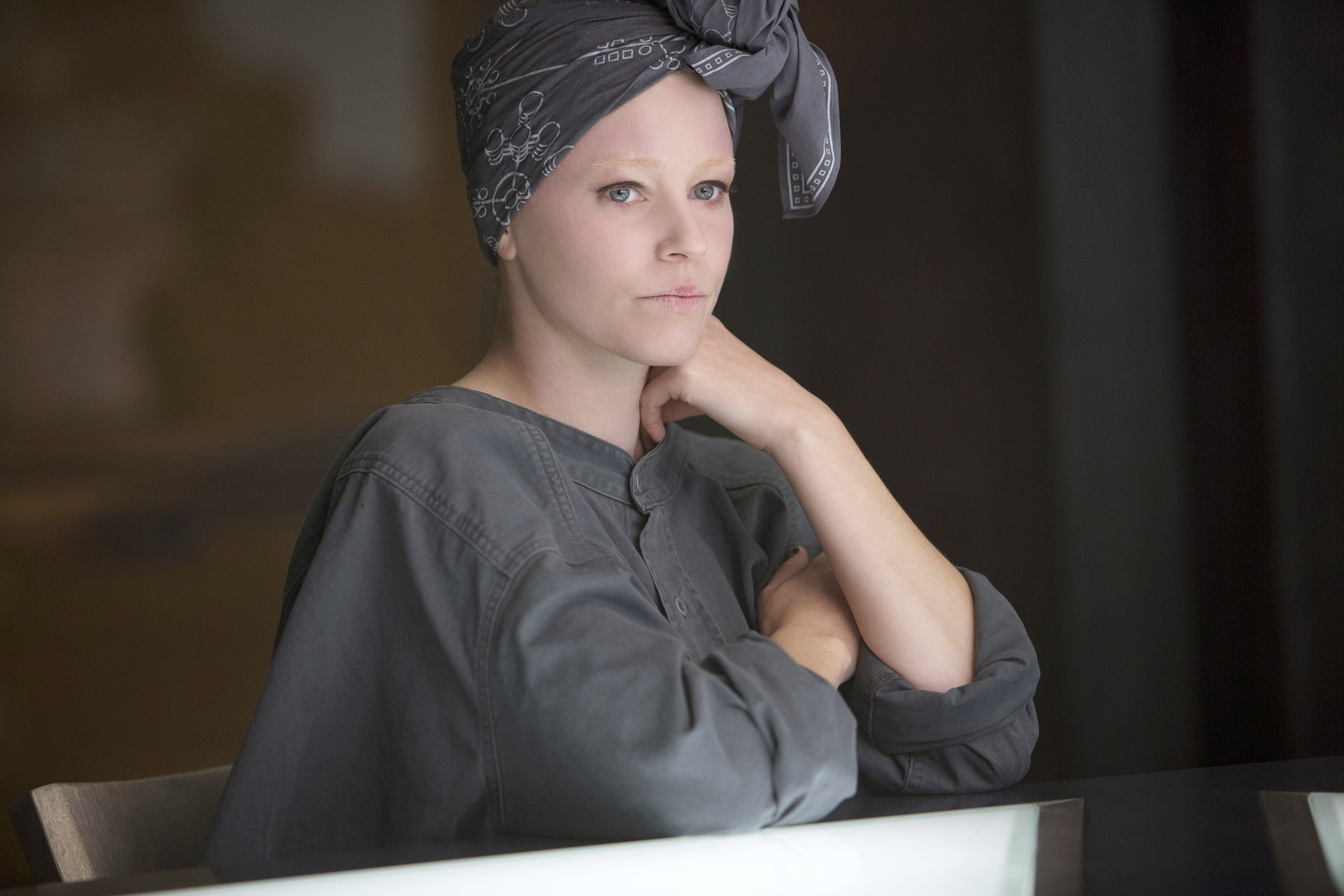
However, in the Mockingjay movies, Effie becomes a near-maternal mentor and confidant for Katniss.
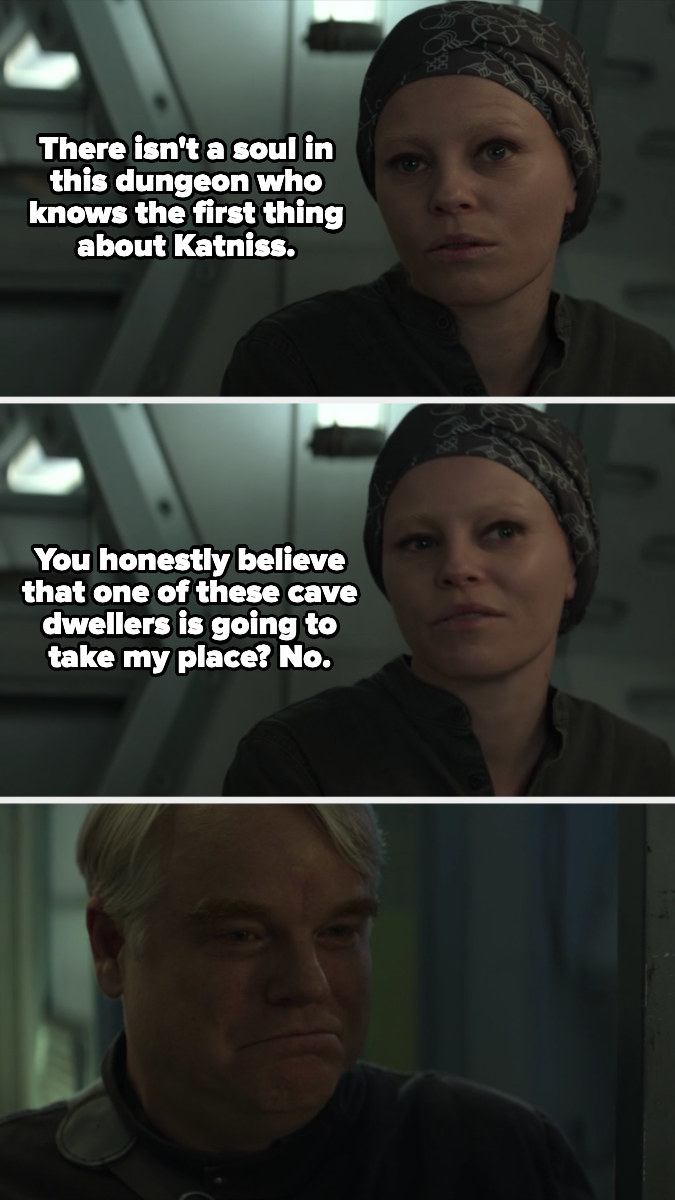
7. Anthony Burgess once referred to his novel A Clockwork Orange as "a foul farrago" ("farrago" means "hodgepodge"), but even though he didn't love the book, he was still put out by Stanley Kubrick's adaptation of it. In particular, the movie's ending troubled him.
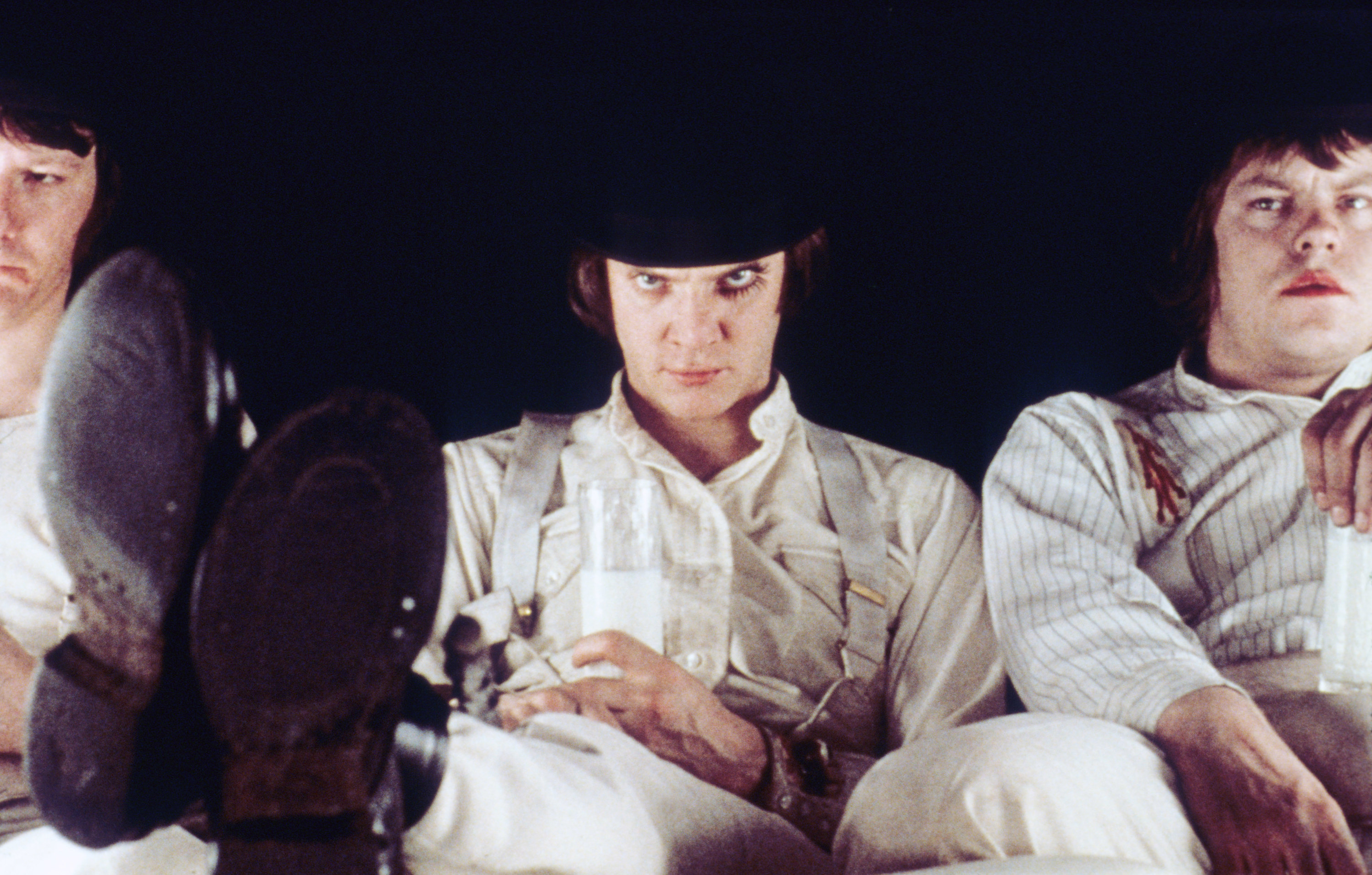
Until 1986, American editions of the book were missing its final chapter, which finds the protagonist Alex three years in the future. Burgess said that in this 21st chapter, Alex "grows bored with violence and recognizes that human energy is better expended on creation than destruction."
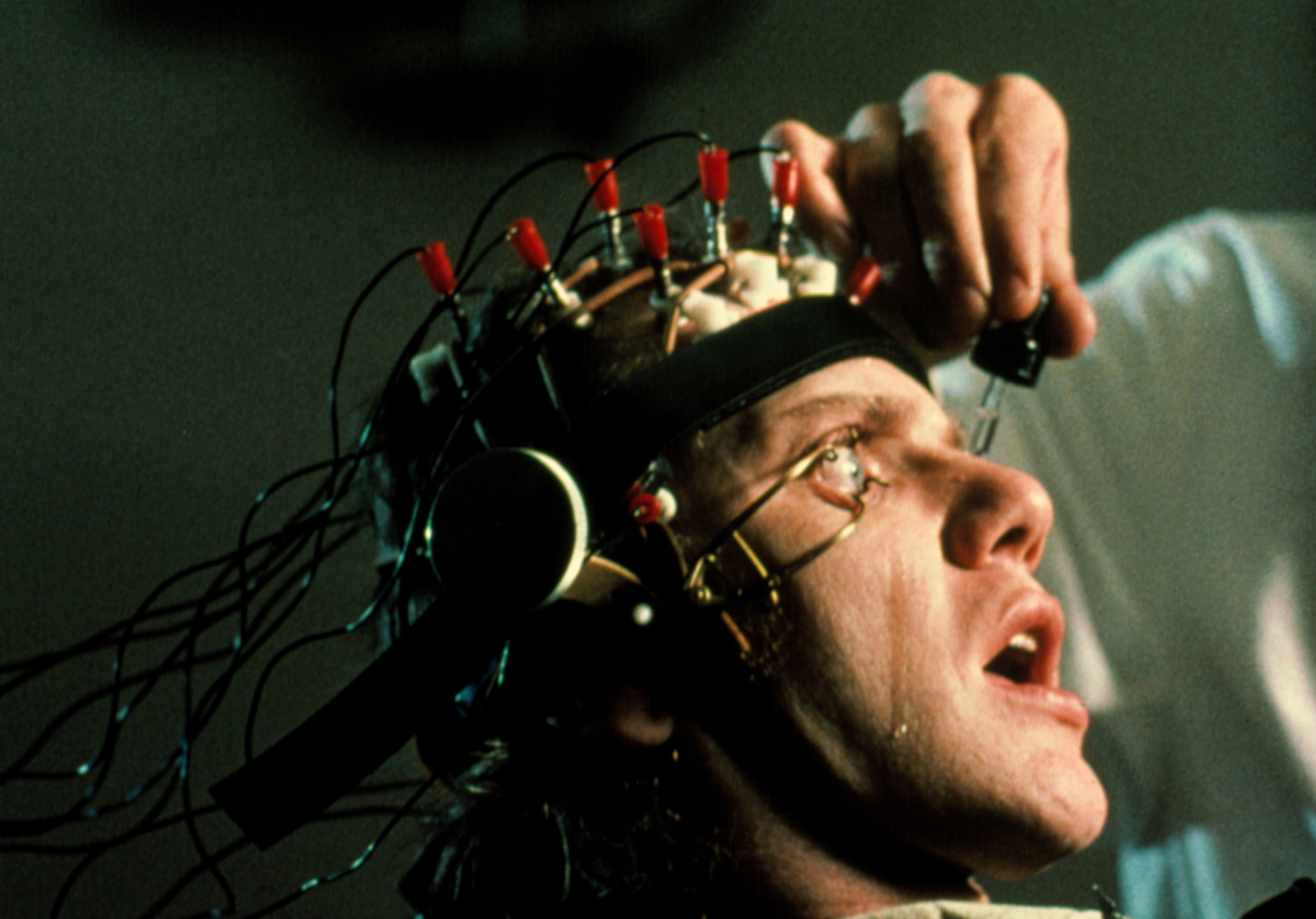
The movie doesn't end on an optimistic note like that, despite the fact that Burgess once said, "The twenty-first chapter gives the novel the quality of genuine fiction, an art founded on the principle that human beings change… The American or Kubrickian Orange is a fable; the British or world one is a novel." Instead, Alex is granted a position of power and then realizes that his conditioned negative responses to sex and violence are "cured."

8. Chuck Palahniuk very much approved of the movie adaptation of Fight Club, and even said that seeing clips of it while it was being filmed made him "sort of embarrassed of the book."
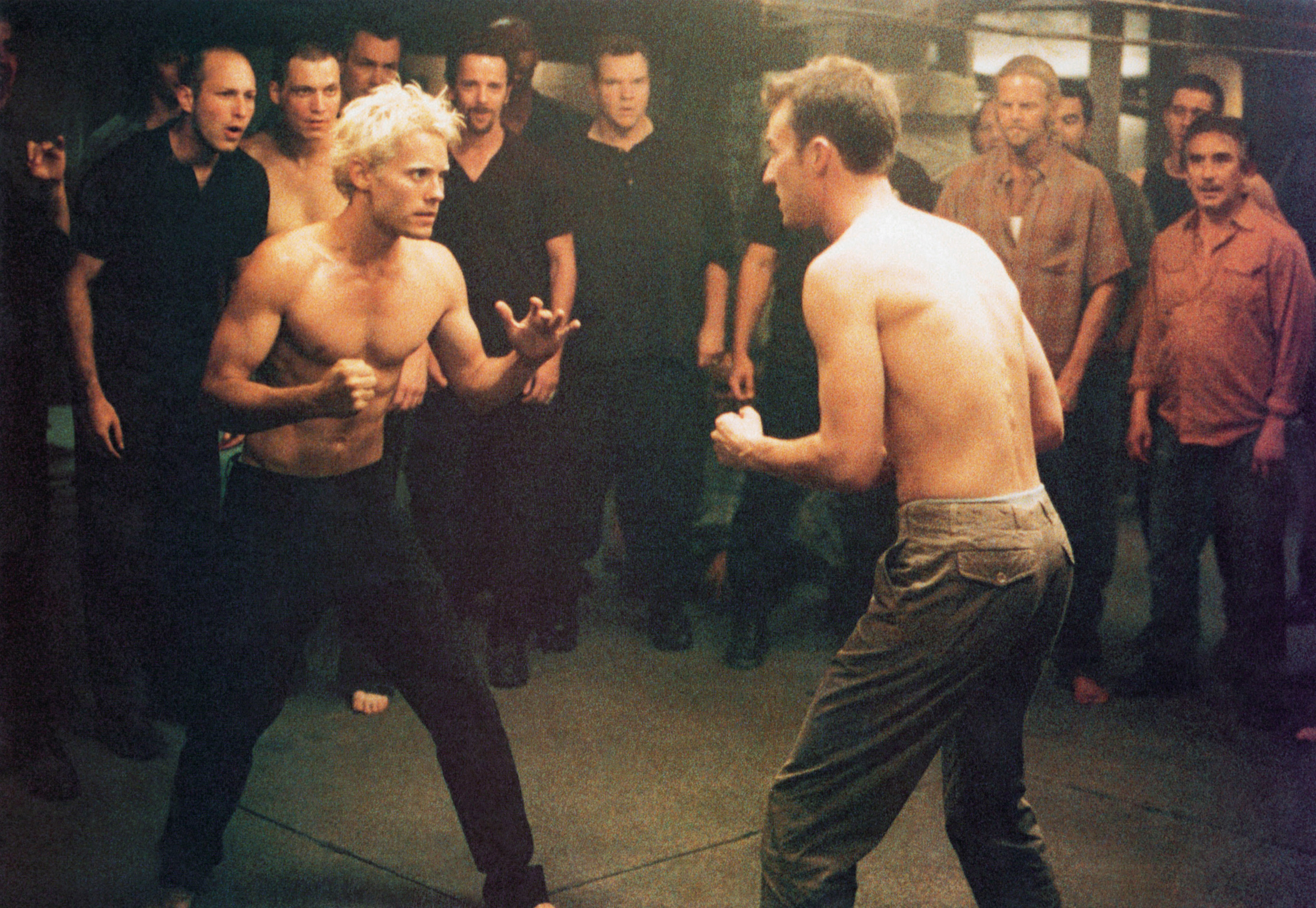
Palahniuk told DVDTalk, "The movie had streamlined the plot and made it so much more effective and made connections that I had never thought to make."

9. In Ken Kesey's novel One Flew Over the Cuckoo's Nest, Chief Bromden serves as the narrator and point-of-view character. When Kesey discovered that Chief Bromden would no longer be the narrator in the film, he decided never to watch the adaptation.
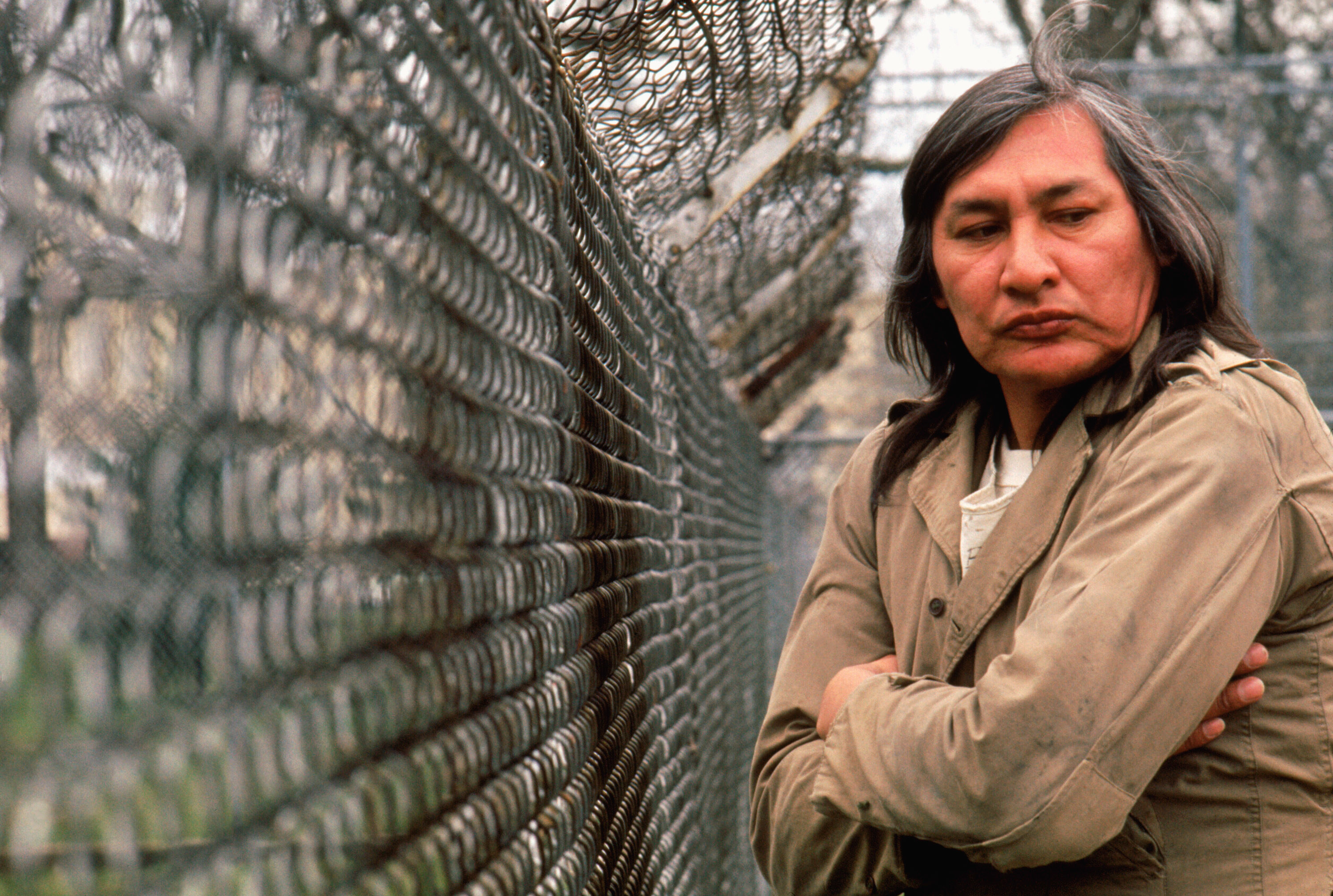
Apparently, he once accidentally saw a bit of it, but changed the channel once he figured out that he was watching the Best Picture winner.

10. Lauren Weisberger was a fan of the way the film adaptation of her book The Devil Wears Prada humanized Miranda Priestly.
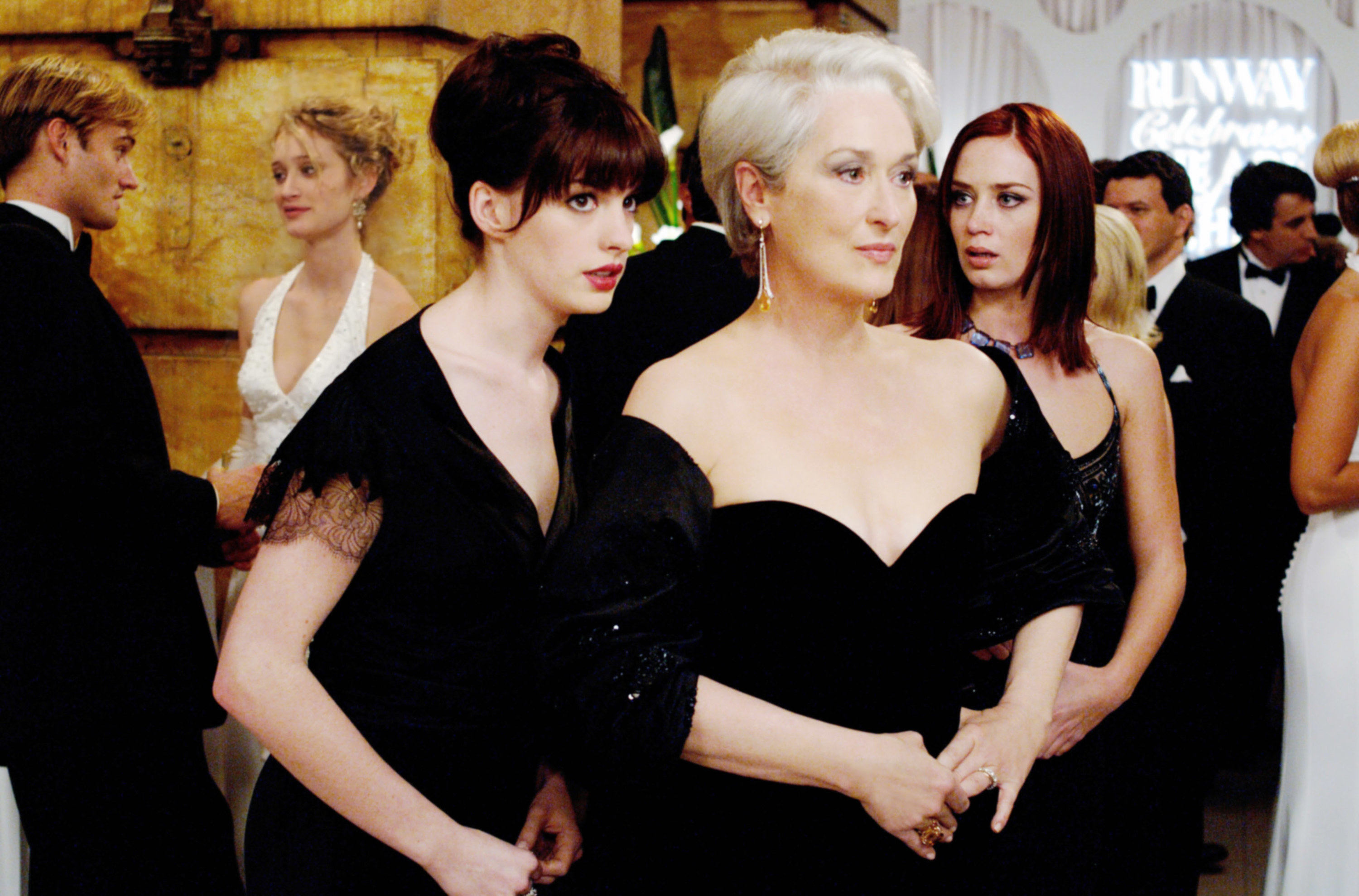
She told People, "[Miranda Priestly, as portrayed by Meryl Streep] was a real person. In the book, she was just straight evil."
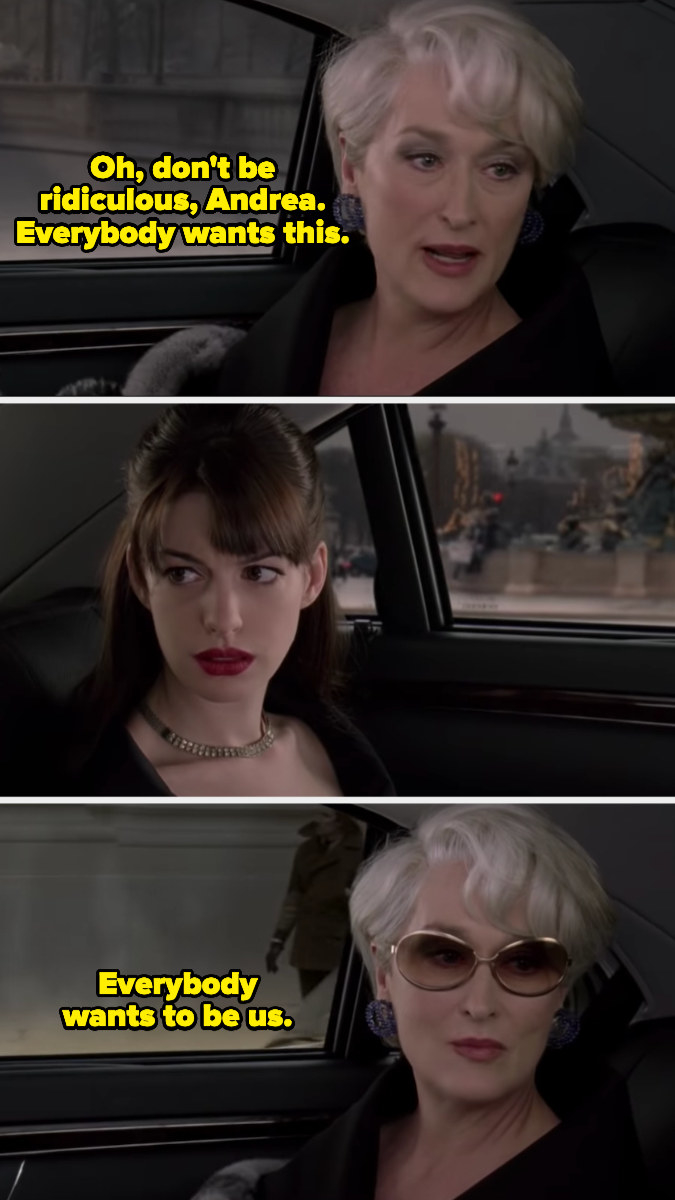
11. In a 2004 essay published on Slate entitled "A Whitewashed Earthsea," Ursula K. Le Guin wrote about her dismay over how the Sci Fi Channel (now SyFy) "wrecked my books" in their miniseries Legend of Earthsea.
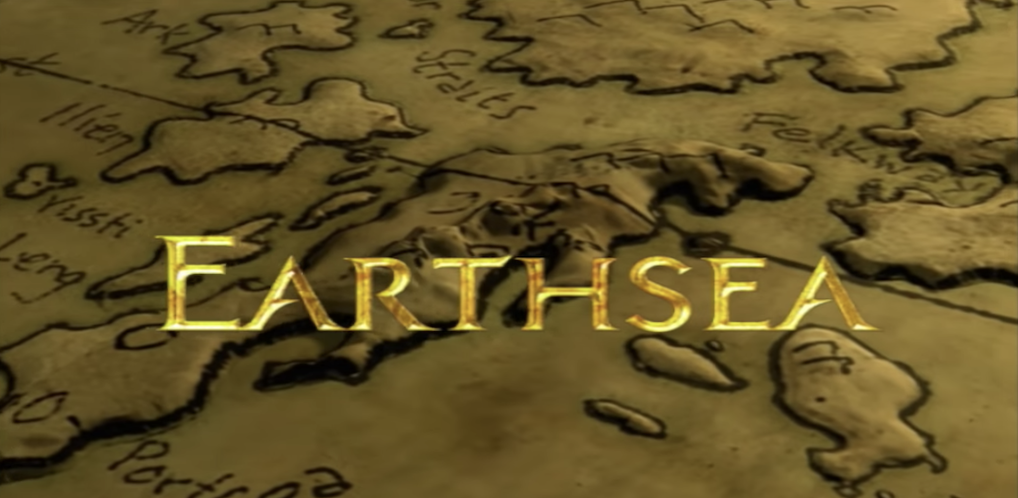
Le Guin wrote, "My protagonist is Ged, a boy with red-brown skin. In the film, he’s a petulant white kid." The whitewashing of her characters didn't stop there, either. Le Guin pointed out that while race was "a crucial element" to the Earthsea stories, it was "cut out" of the series, with Danny Glover being the "only man of color among the main characters."
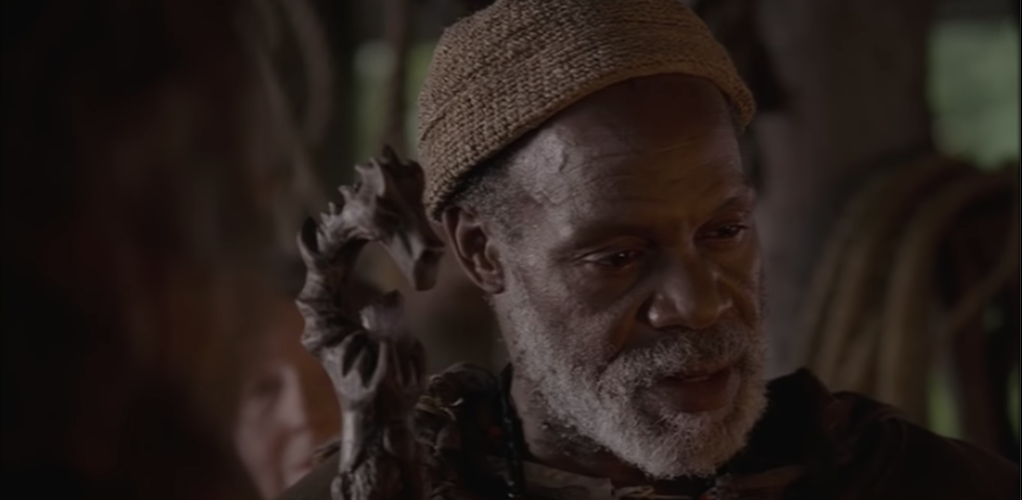
And while "Ged with a white face is a lie, a betrayal," it was only one facet of how severely Le Guin felt the showrunners screwed up. The author dubbed the final product "a generic McMagic movie with a meaningless plot based on sex and violence."
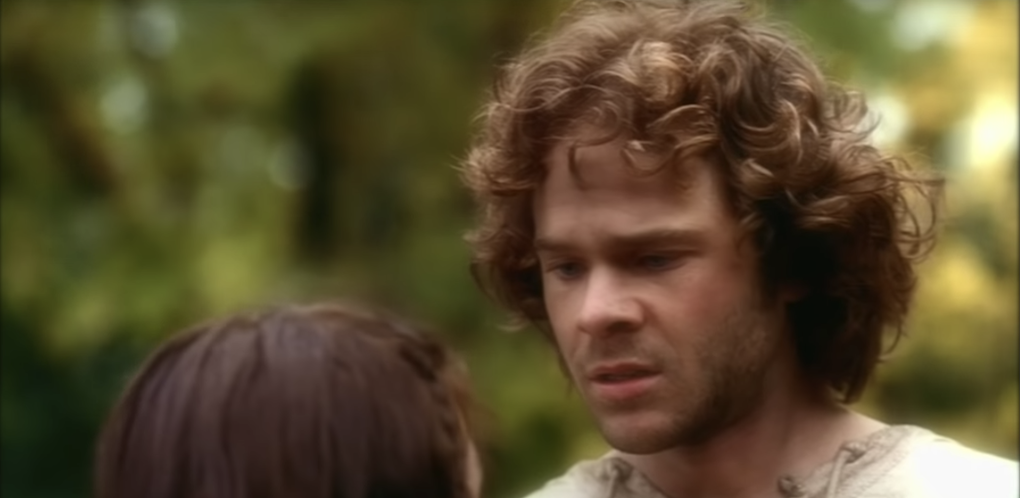
12. Diana Gabaldon told Express.co.uk that adding a scene to Outlander Season 5 where Jamie puts on a red coat was "a very good decision."
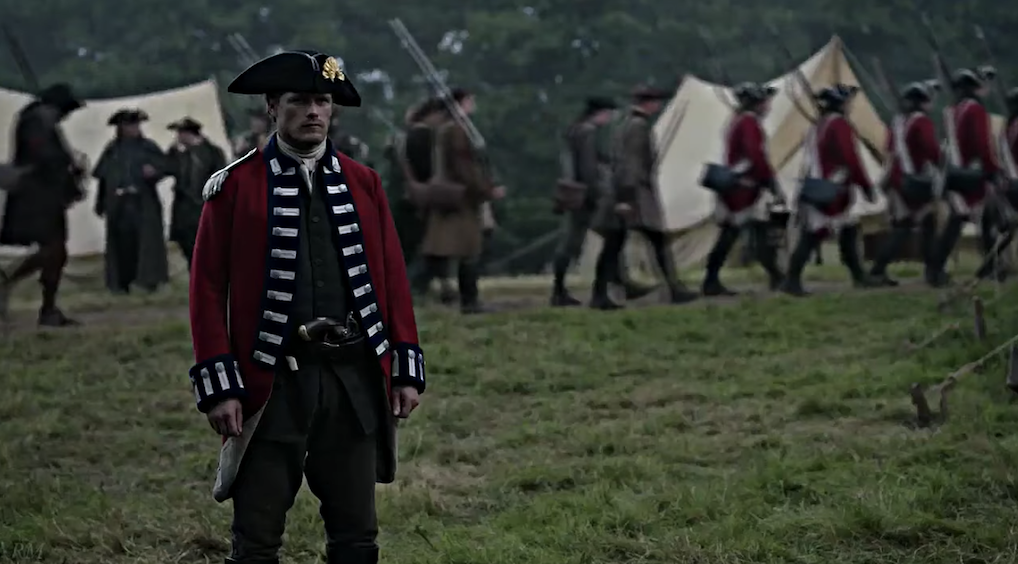
Gabaldon explained that the costume change, which doesn't appear in the books, "crystalizes this conflict that Jamie has. He’s come to this needlepoint between the two sides and he has to make a decision about what’s he going to do."

13. Louis Sachar wrote the screenplay for the adaptation of his YA book Holes himself, but he still had one bone to pick with the onscreen version of his story. Sachar told Forbes, "I would have preferred an overweight Stanley, who gradually got into shape, but that would have been almost impossible to pull off."

Stanley loses weight as a result of doing physical labor while at Camp Green Lake in the book, but Sachar noted that it would've been unethical, if not outright impossible, to "ask a fifteen-year-old kid to gain a hundred pounds for a role." So it's fair to say he didn't lose sleep over this relatively minor omission.
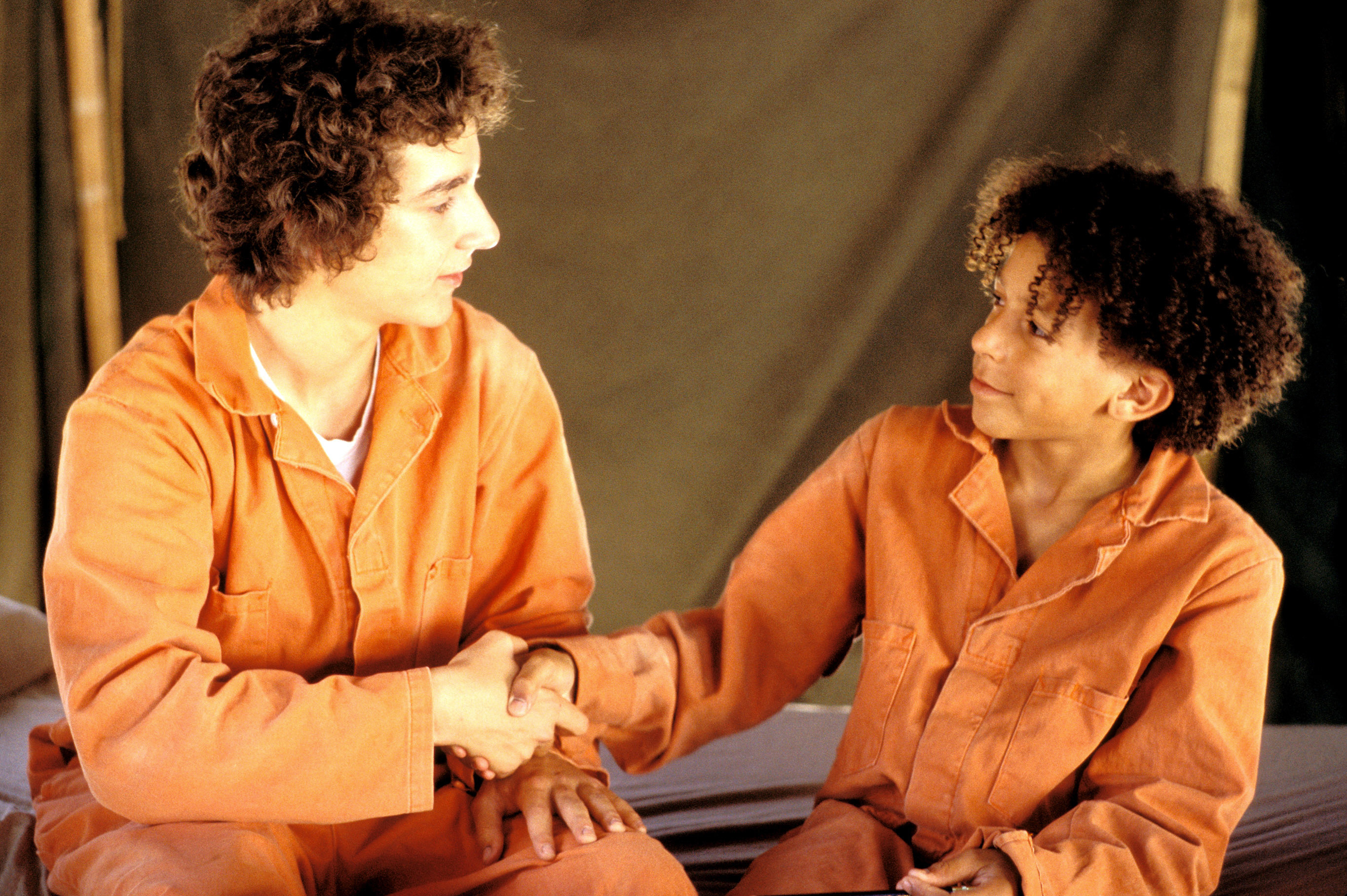
14. Jerry Spinelli was A-OK with his 2000 book Stargirl being updated to fit the times in the 2020 movie adaptation.
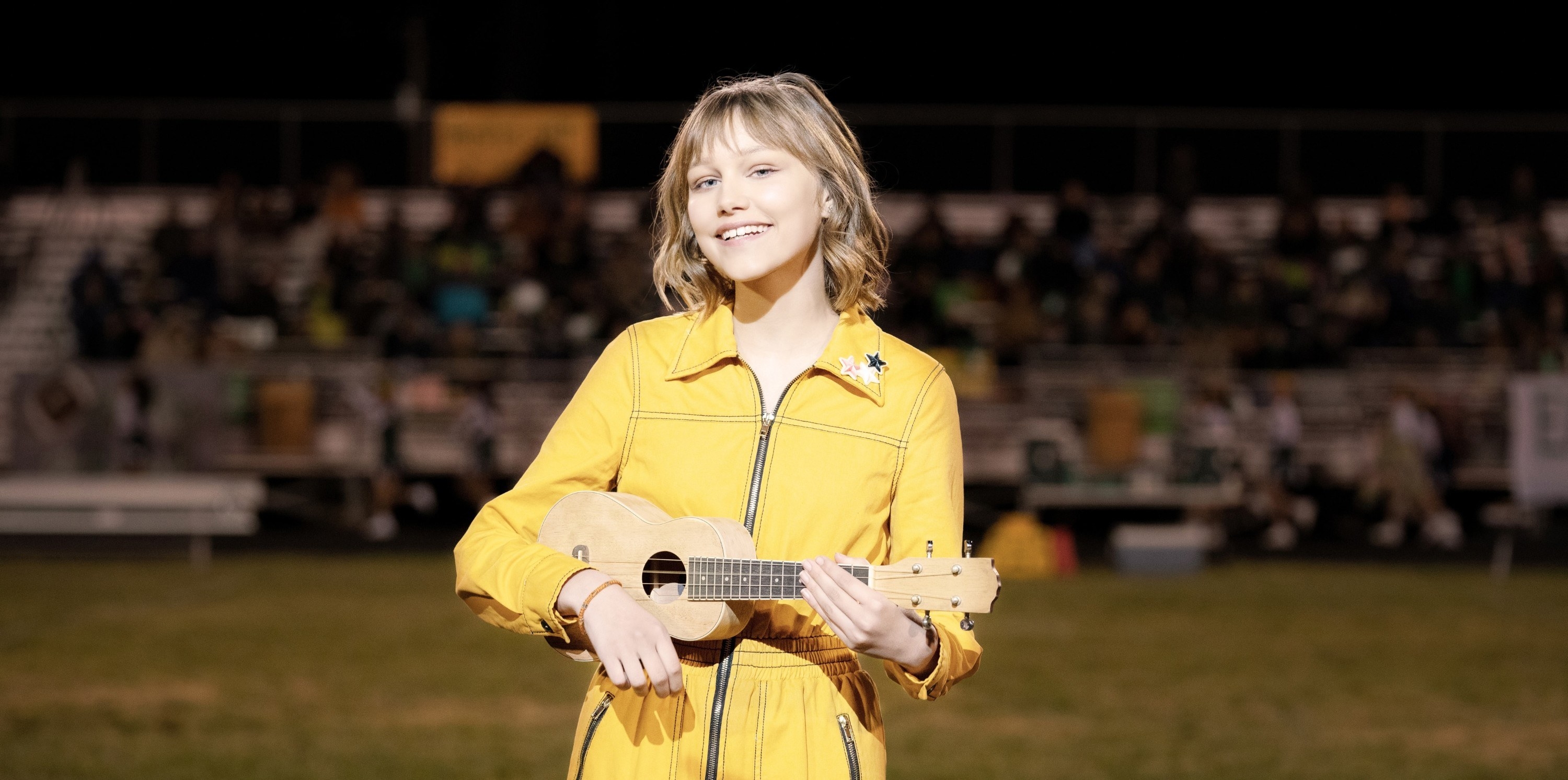
When blogger Lauren Lola asked how he felt about "smartphones and social media" being present in his story, along with more diverse casting and the addition of an LGBTQ+ character, Spinelli replied, "I was fine with all that. The time period, at least specifically, was not all that important. Cell phones replacing bulletin boards? Cool."
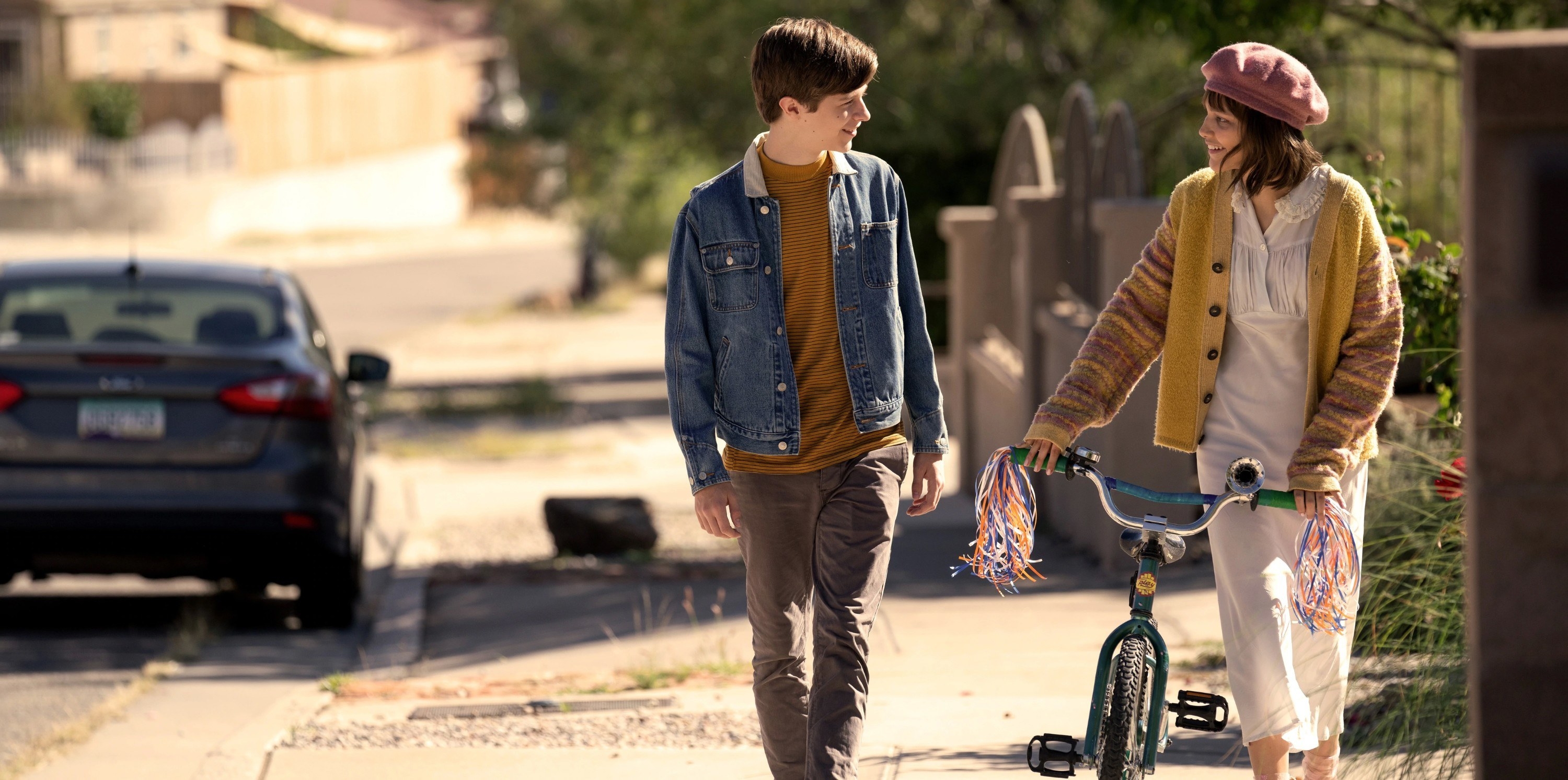
15. In 2019, Margaret Atwood told the New York Times that she has "influence but no power" when it comes to the Hulu adaptation of her novel The Handmaid's Tale, and that she's troubled by something perhaps no one else who's watched the show is: According to Atwood, it's not brutal enough.

Atwood said, "I think it’s a bit of a problem for people that know about real totalitarianism that some of these characters have survived for as long as they did. Surely they would have been shot by now. Quite a few too many people know what June has been up to."
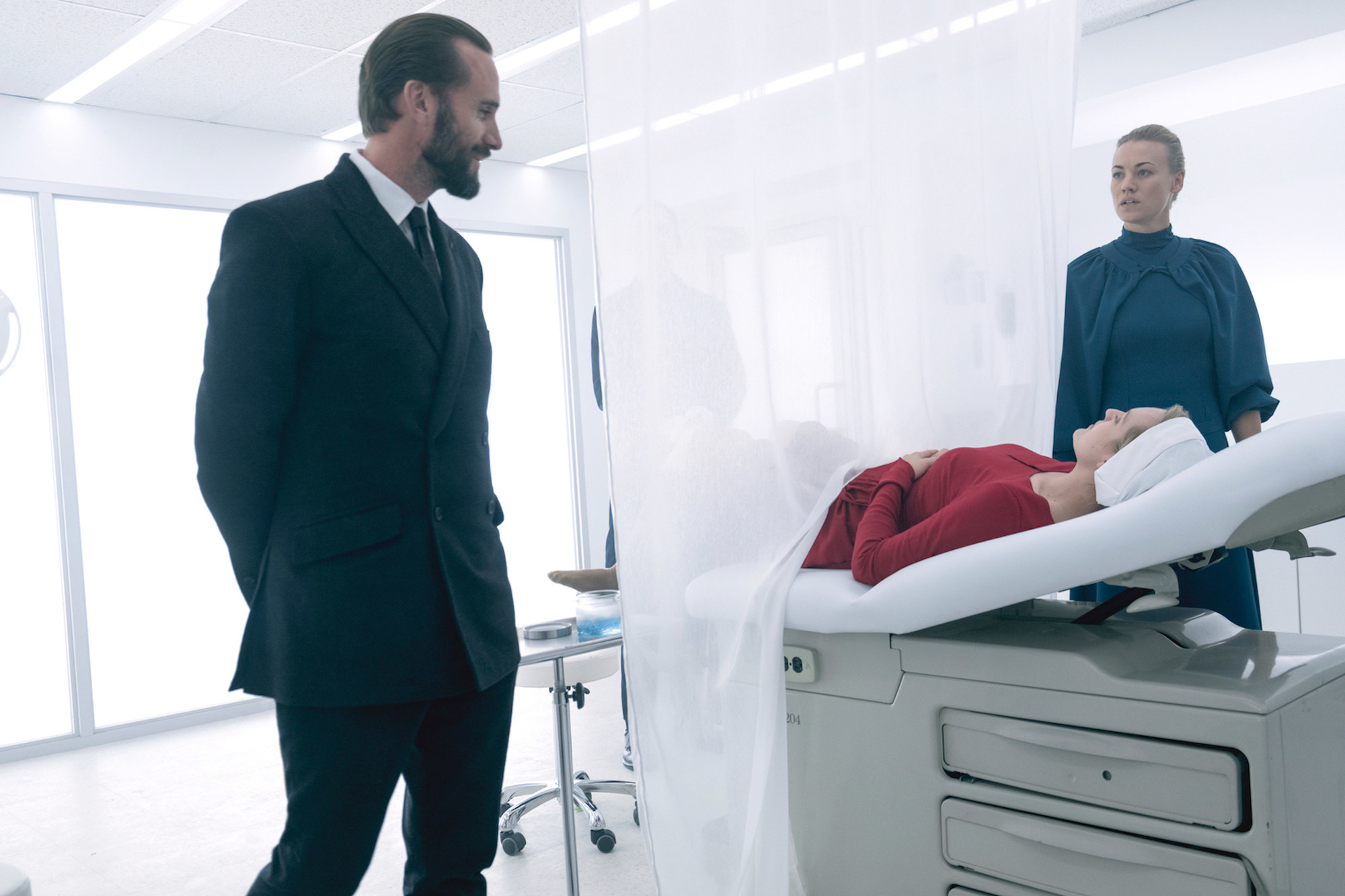
Despite these concerns, as of the latest season, June is still kicking and making lots of trouble for Gilead.
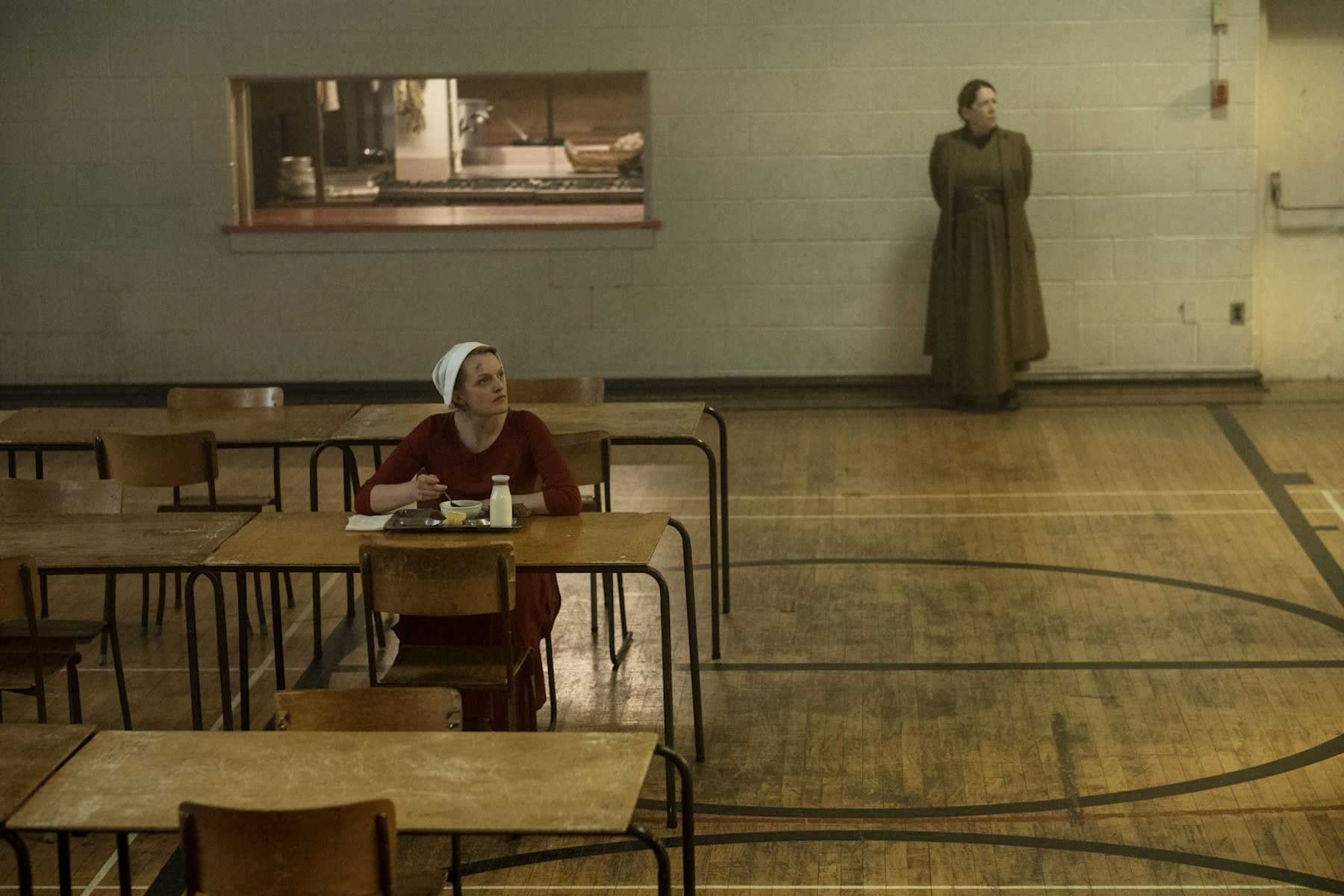
16. Stephen Chbosky, another writer who wrote the screenplay adaptation of their own novel, defended changing a central song from Fleetwood Mac's "Landslide" to David Bowie's "Heroes" in The Perks of Being a Wallflower movie.
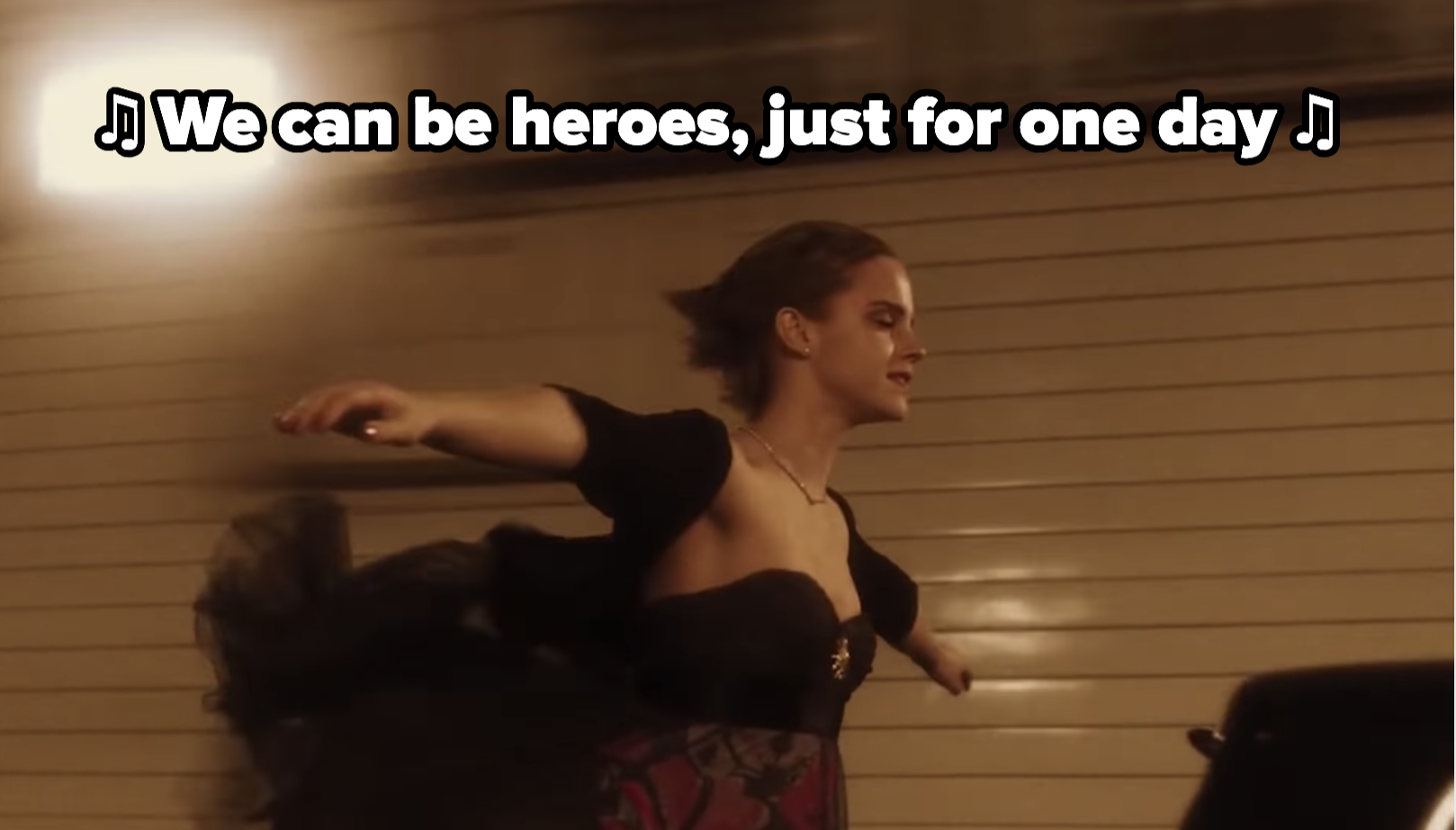
Chbosky told Vanity Fair, "'Landslide' is a beautiful song, and I would have loved to include it, but it’s a very soft ballad. The problem was when we got to the tunnel scene I just thought, 'We need something that’s not soft.' We need something that’s driving, that’s epic in nature, and 'Heroes' was a perfect fit."
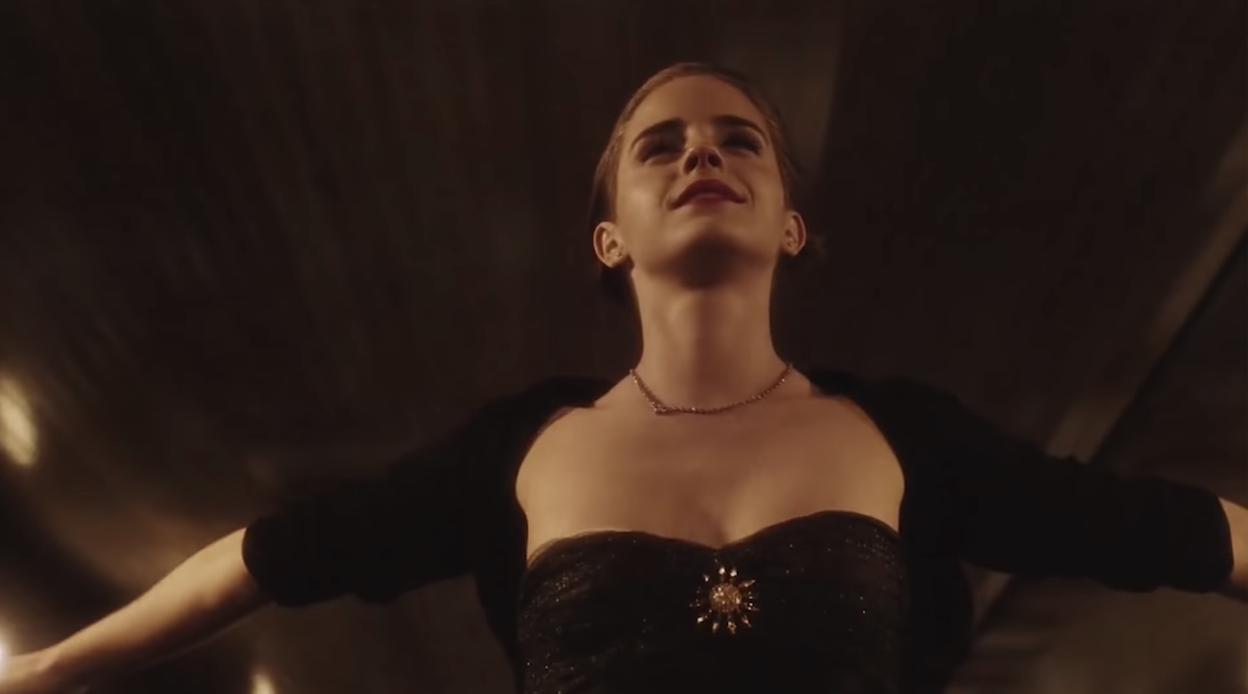
"Heroes" is playing in the background when Charlie says this iconic line.
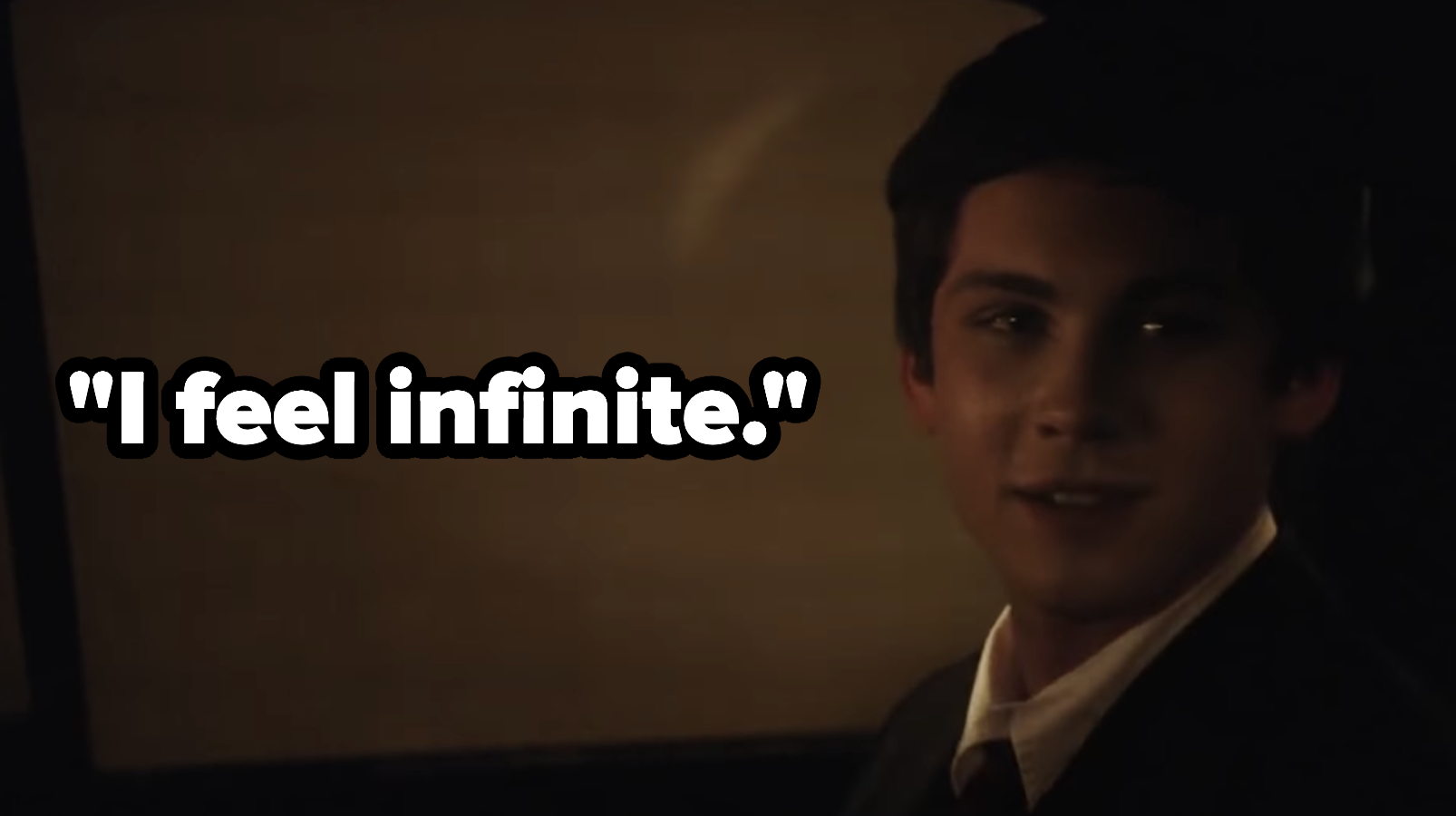
17. The Seeker: The Dark Is Rising movie was, according to NPR, produced with "very little input" from Susan Cooper, the author of the five books in The Dark Is Rising series. Cooper was especially unimpressed with the choice to make her 11-year-old protagonist Will Stanton 13, instead.

Cooper said of Will's original age, "It is just before puberty, when we are not quite overtaken by all the difficulties of figuring out our sexual identity, and we are still trying to find out who we are, inside our heads. And in him, this is complicated horribly by the fact that he finds out he is not mortal."
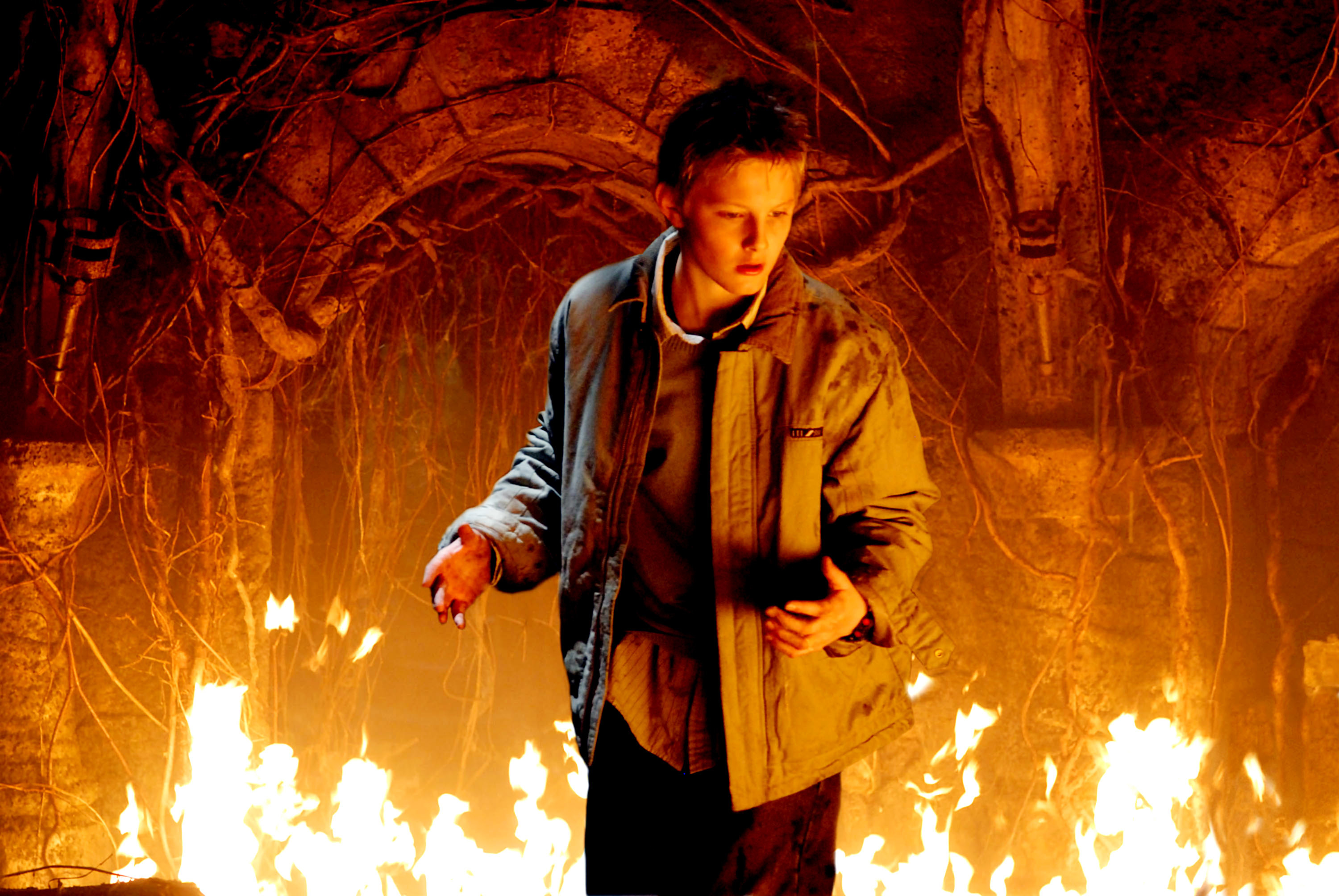
Cooper has screenwriting experience, and noted that a screenwriter must "do violence to a book to make it into a screenplay," an insight that must've contributed to her trepidation.
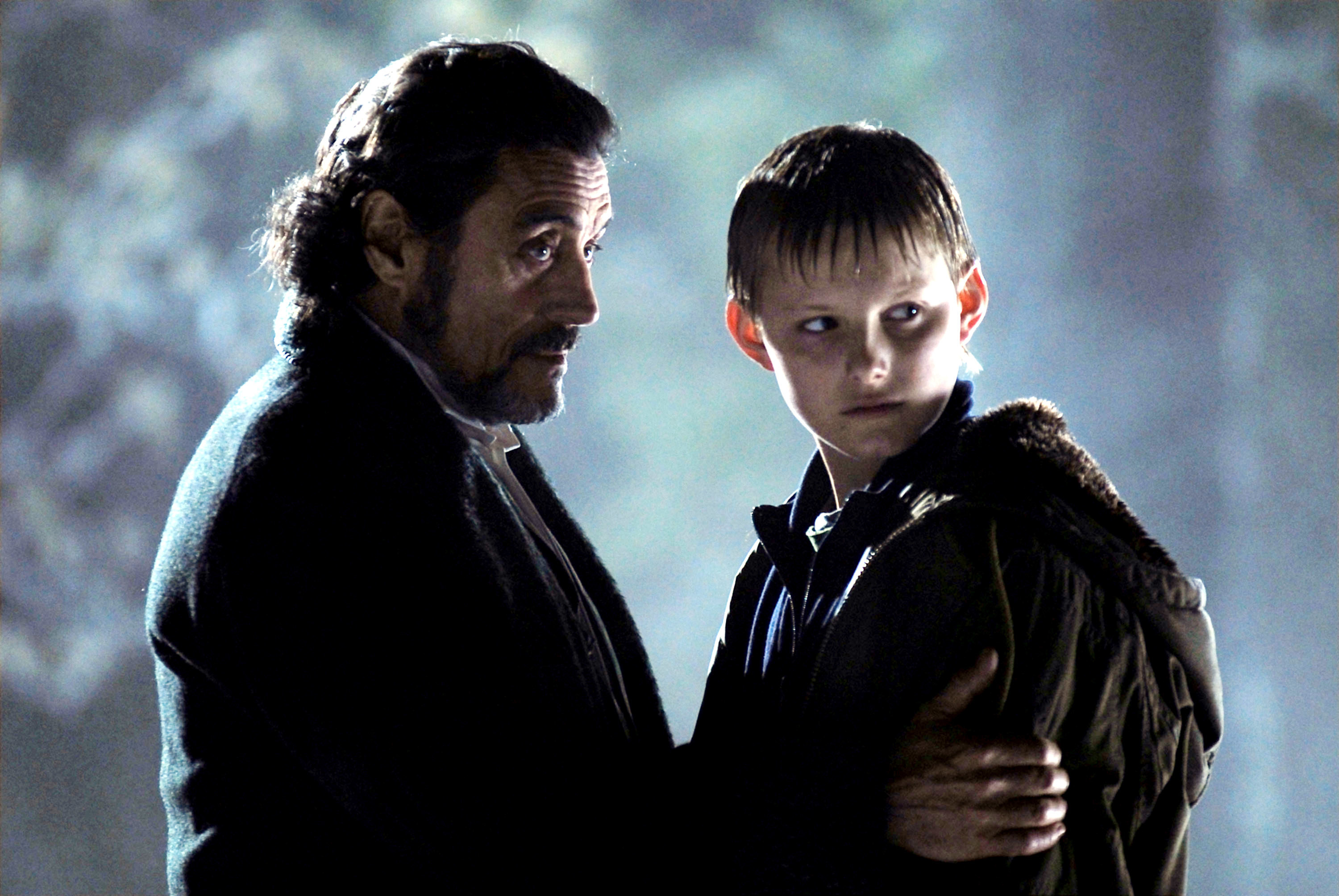
18. Emma Donaghue, who wrote the screenplay for the film adaptation of her book Room, was glad the movie allowed for more of Ma's point-of-view.

The book is narrated by Jack, a 5-year-old boy who is held captive along with his mother, Ma, by a terrifying kidnapper known as Old Nick. While Ma, being Jack's mother, is of course central to the book's plot (and Jack's world), Donaghue told SheKnows that fans always wanted to see the parts of Ma's life that Jack doesn't.
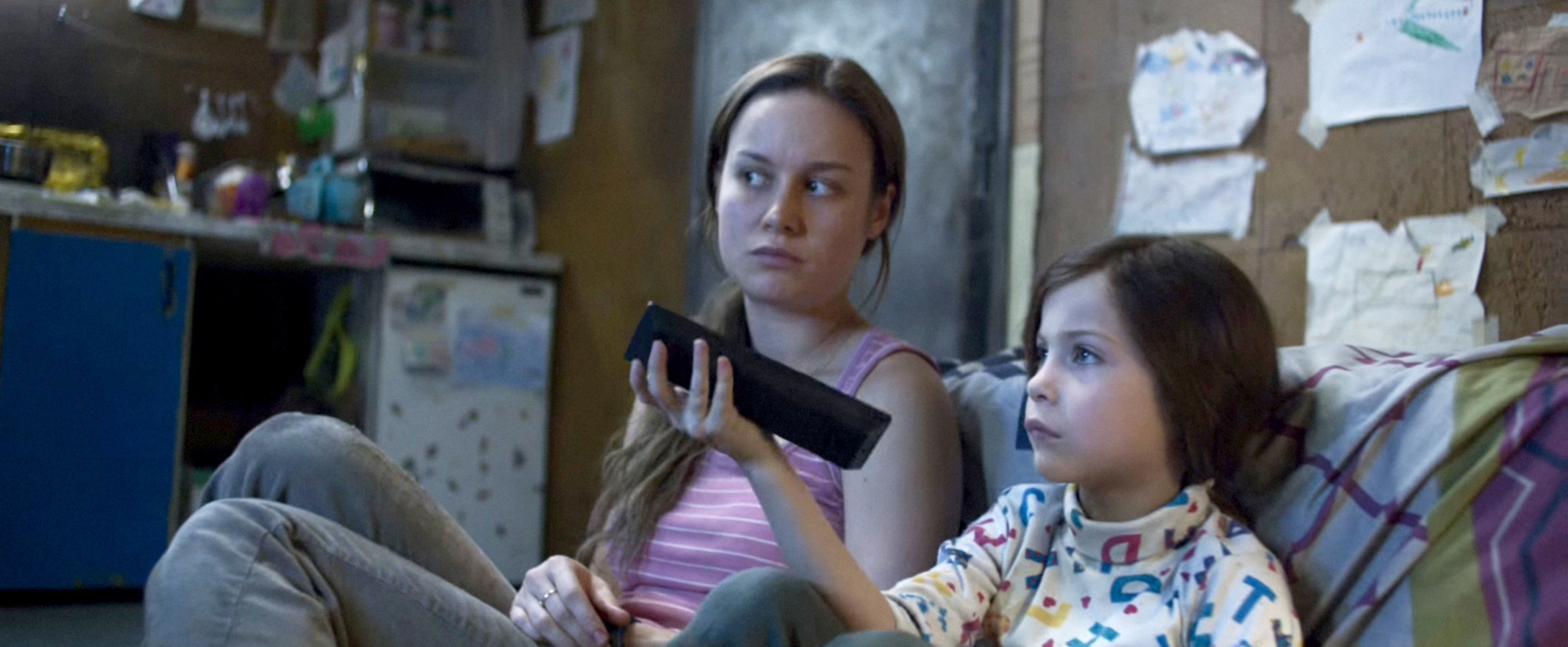
Donaghue said, "Because Ma is only shown indirectly through Jack, they crave more Ma. I will never write them a sequel, but this film answers them. This film lets them meet Ma directly, actually see, flickering on her face, those combinations of fear and fun when she’s with Jack. The film is deeply satisfying on that level in a way the book can’t be."
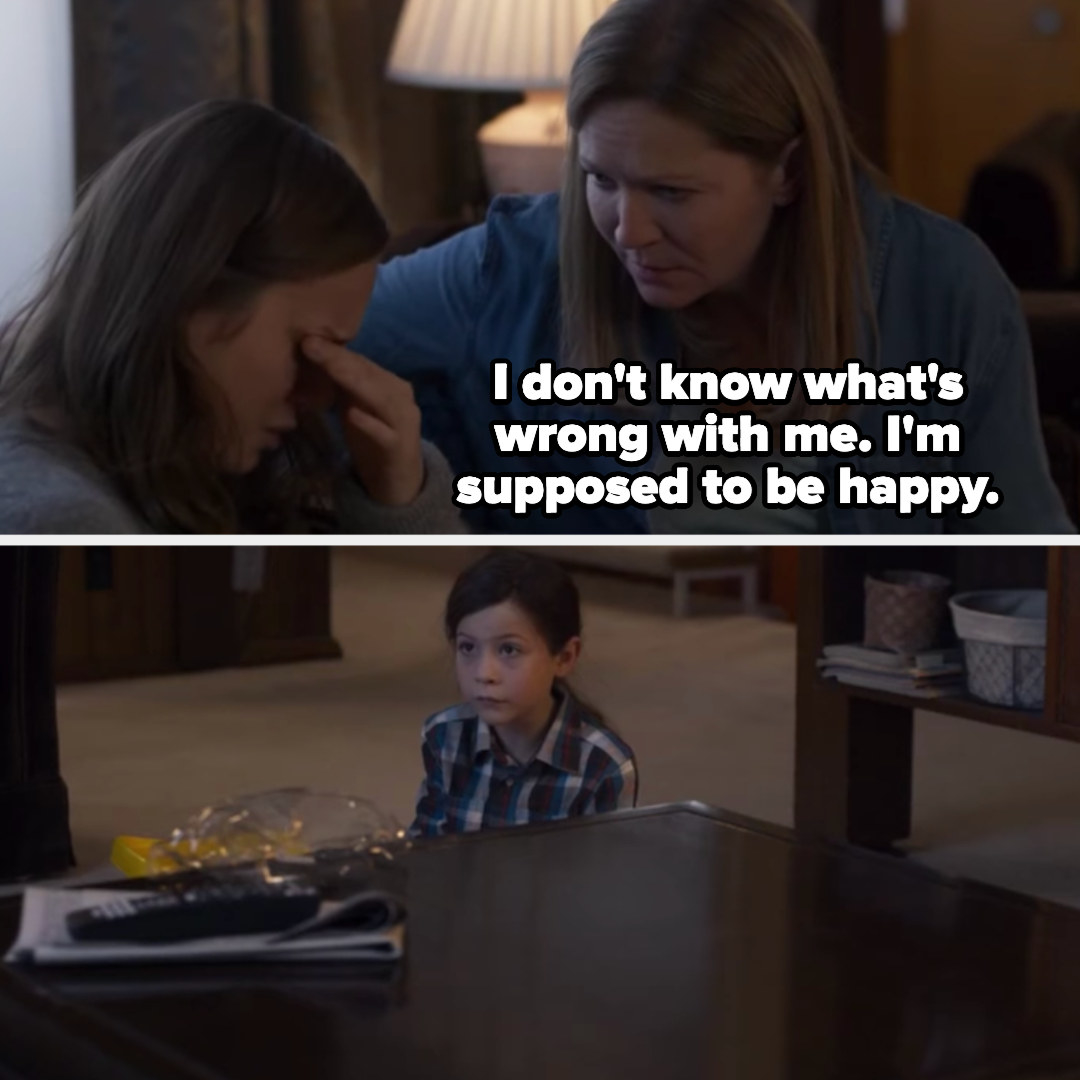
19. Donn Pearce, the author of Cool Hand Luke and a "counterfeiter and a convict" in his own right, didn't think much of the 1967 adaptation of his book, and he had a problem with the addition of one very famous line in particular.

Pearce spent two years working on a chain gang, and told Esquire that a prison guard never would've come up with the line, "What we've got here is failure to communicate."

He said, "It's a stupid fucking line." Regardless, it's ranked at #11 in the American Film Insitute's ranking of the 100 best movie lines of all time.
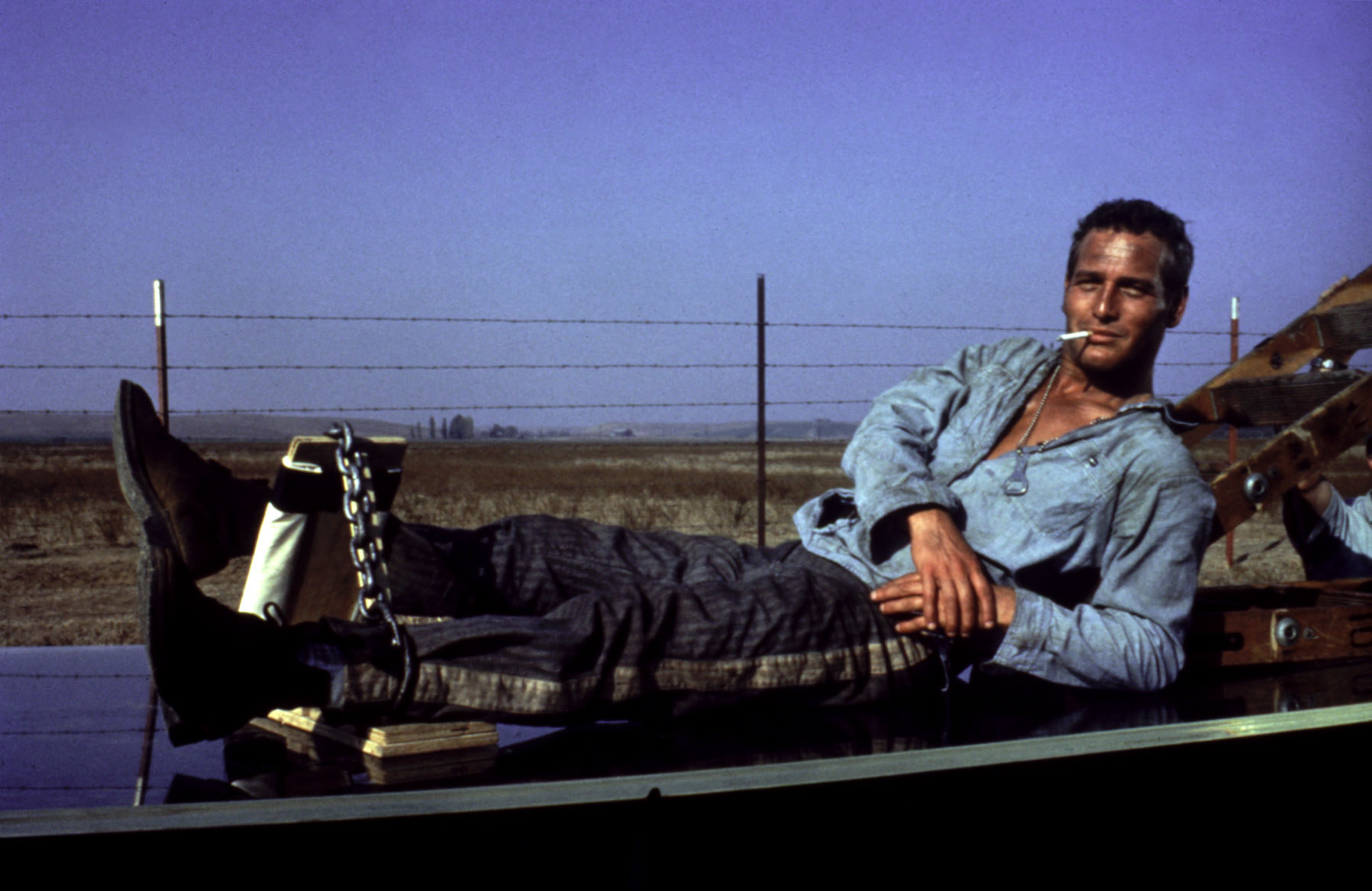
Here's the full scene:
View this video on YouTube
20. Stephen King told Yahoo! Movies that he loved director Frank Darabot's ending for his 2007 adaptation of King's 1980 novella The Mist, even though it didn't match up with what he had written.

In the original novella, the story "sort of peters off into nothing, where these people are stuck in the mist, and they’re out of gas, and the monsters are around, and you don’t know what’s going to happen next." But in the movie, the main character kills his loved ones in order to save them from a gruesome fate (being devoured by monsters), only to realize after the fact that they were just about to be rescued.
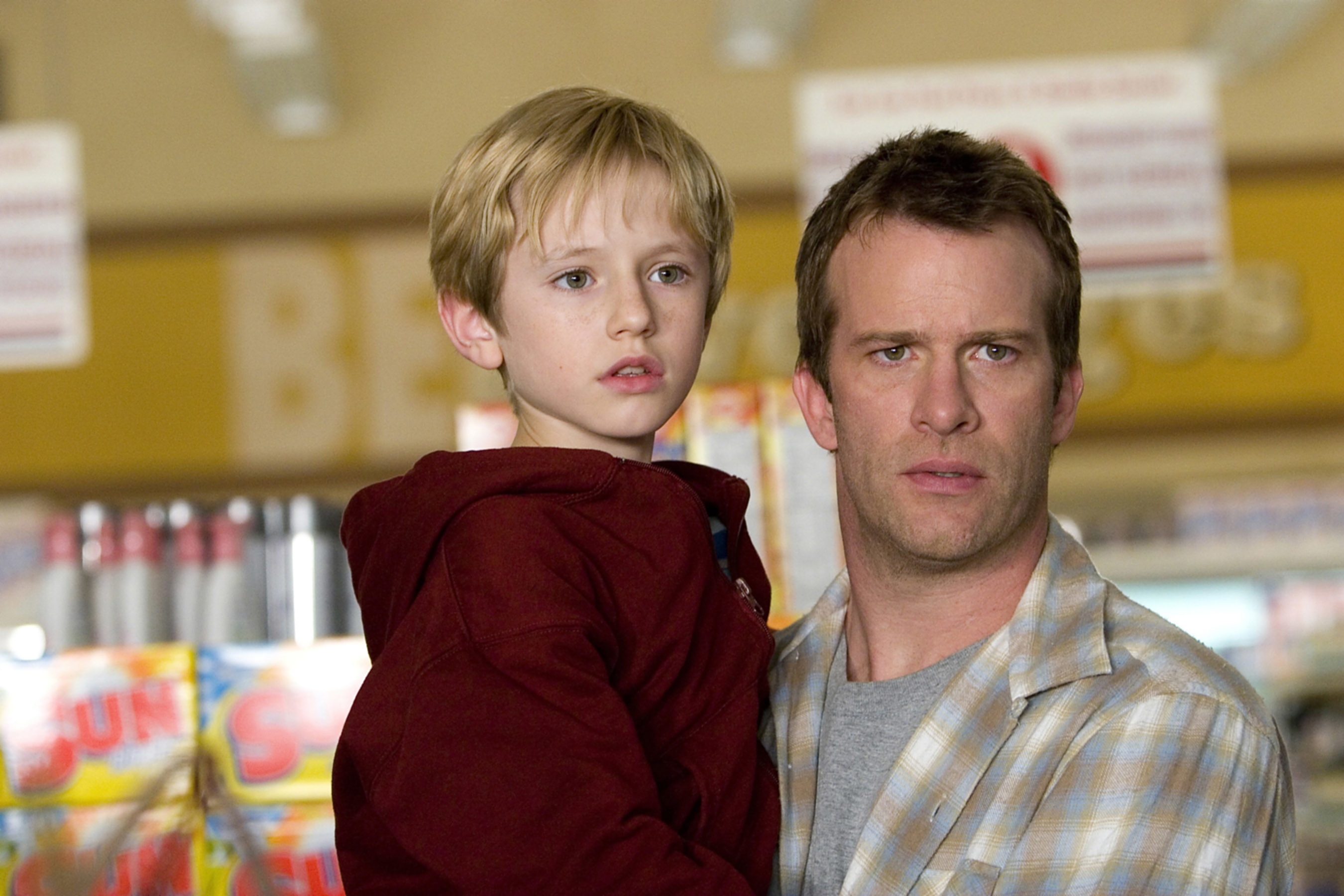
King said, "I thought that was terrific. And it was so anti-Hollywood — anti-everything, really! It was nihilistic. I liked that. So I said you go ahead and do it."
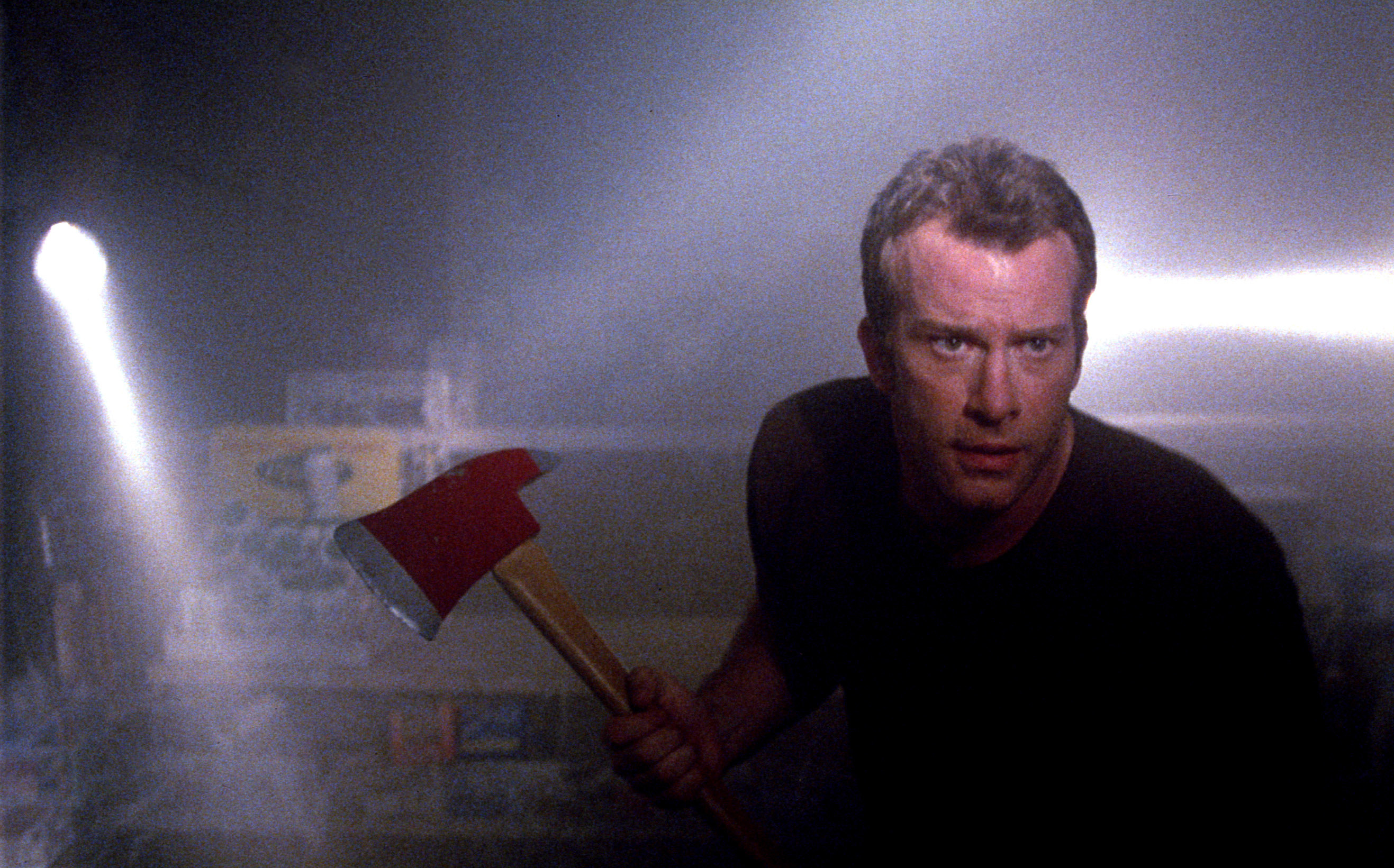
21. Stephenie Meyer fought to have a scene from The Twilight Saga: Eclipse removed because it was so out of character for Bella, but it stayed in the movie.
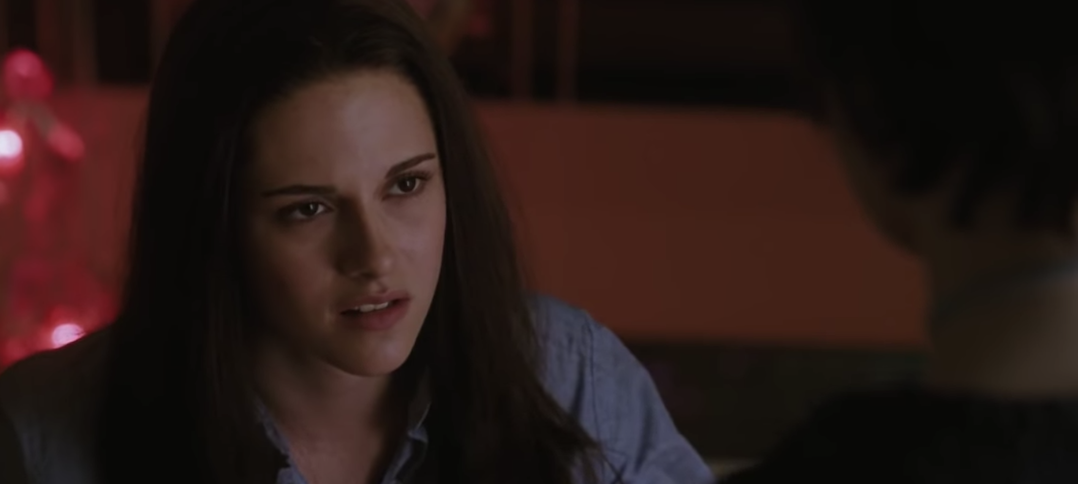
When a fan site asked her about a scene where Bella gets on Jacob's motorcycle after a fight with Edward, Meyer replied, "That was one of those days that I threw down...because I felt like that was not Bella at all, and it’s not assertive. It’s rude." She added, "Yeah, it’s not like: 'I’m a strong female character'; it’s like: 'I’m a jerk.'"
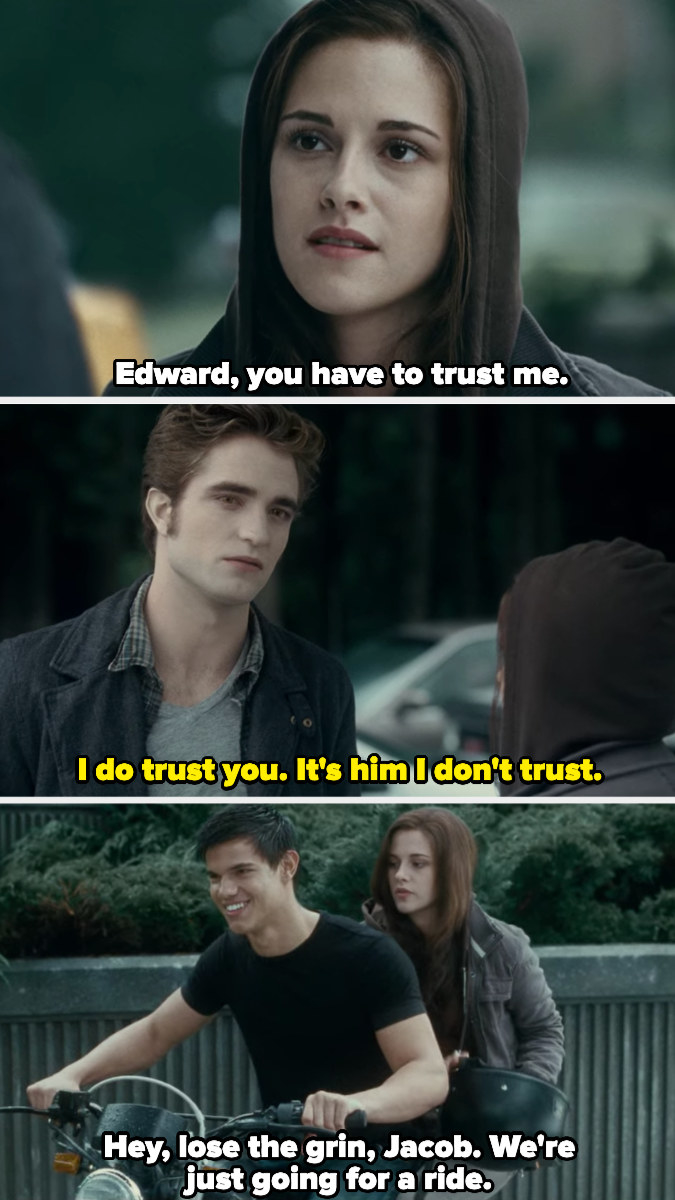
Though the scene stayed put, Meyer succeeded in getting the producers to "soften it," and the resulting sequence was only "kind of a stretch" for Bella's character.
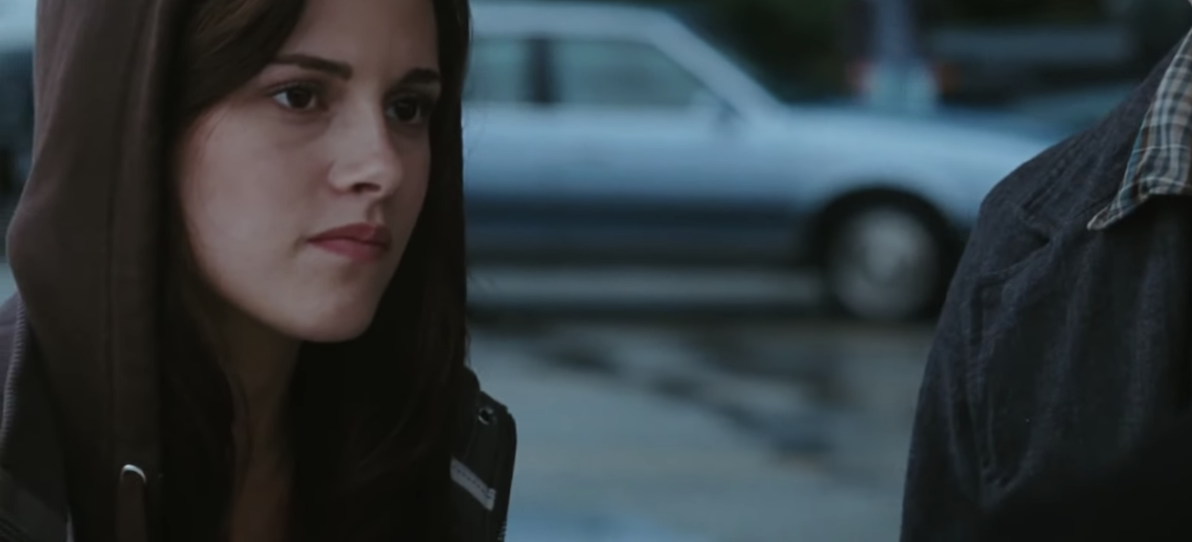
22. Gillian Flynn told BuzzFeed News that she never "consider[ed] voice-over for Nick" while writing the screenplay adaptation of her novel Gone Girl, in part because she didn't want the movie to turn into "a book on tape." But Amy "having that control of the voice-over" also altered the character (and the audience's perception of her) in an exciting way.
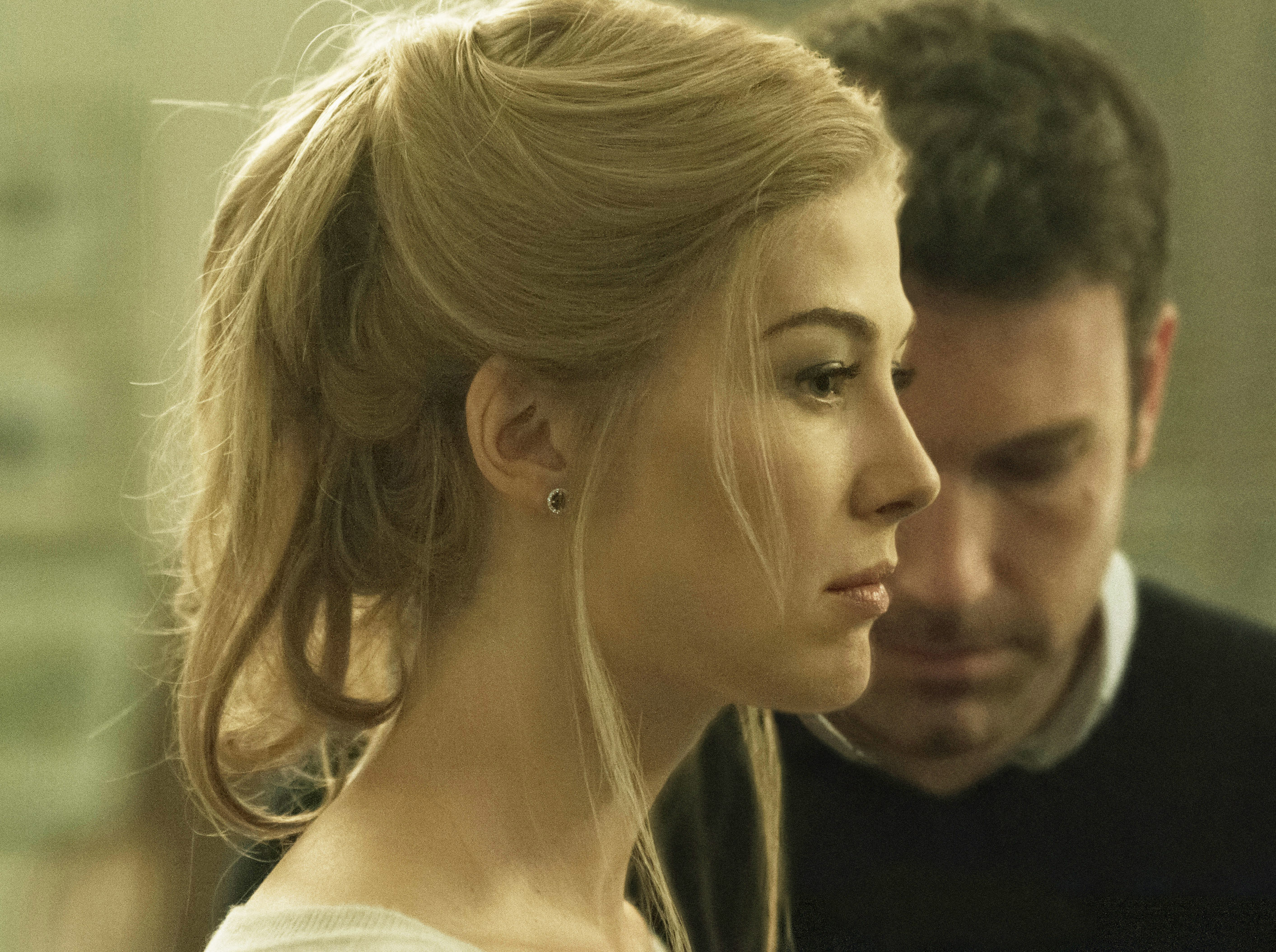
Flynn said, "So when you get to the reveal, you realize that she's been this presence who's been toying with you the whole time, and that she's really in control of this overarching narrative. And it does make her a little more villainous than in the book. It gives her a bit more power."
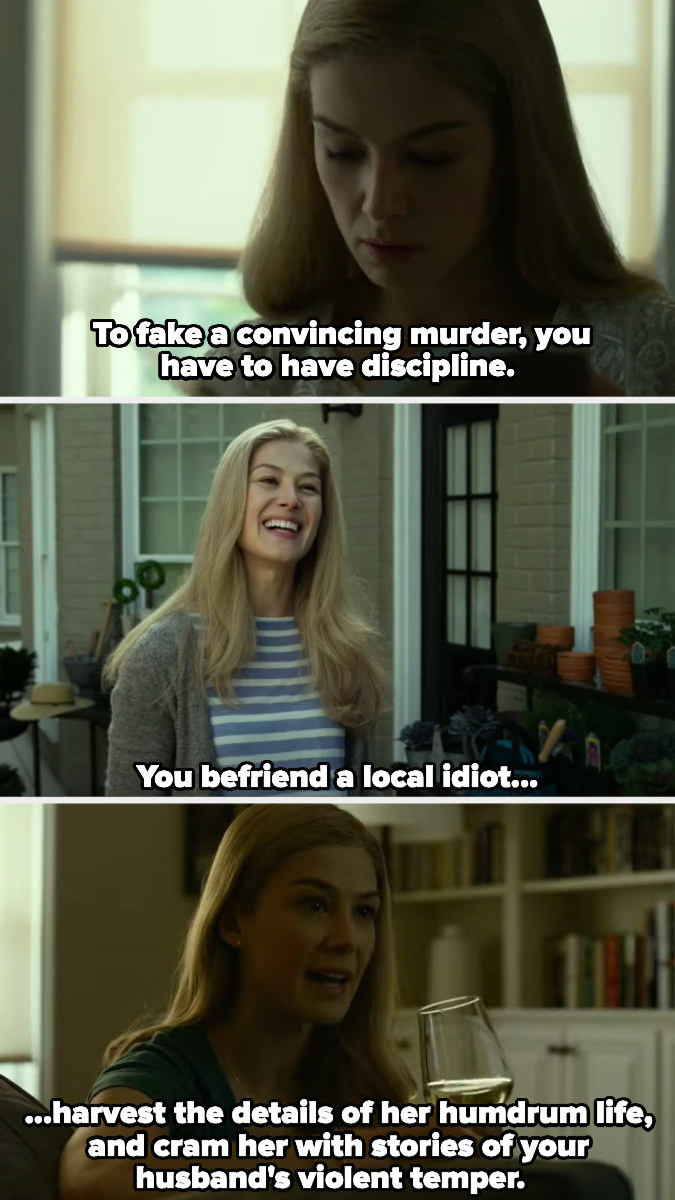
23. In The Same River Twice: Honoring the Difficult, Alice Walker wrote about the difficult process of seeing her book The Color Purple adapted into a movie. Walker found a number of the changes made between the book and film to be distasteful at best and near-devastating at worst; one of these was the "straightwashing" of two female main characters' relationship.
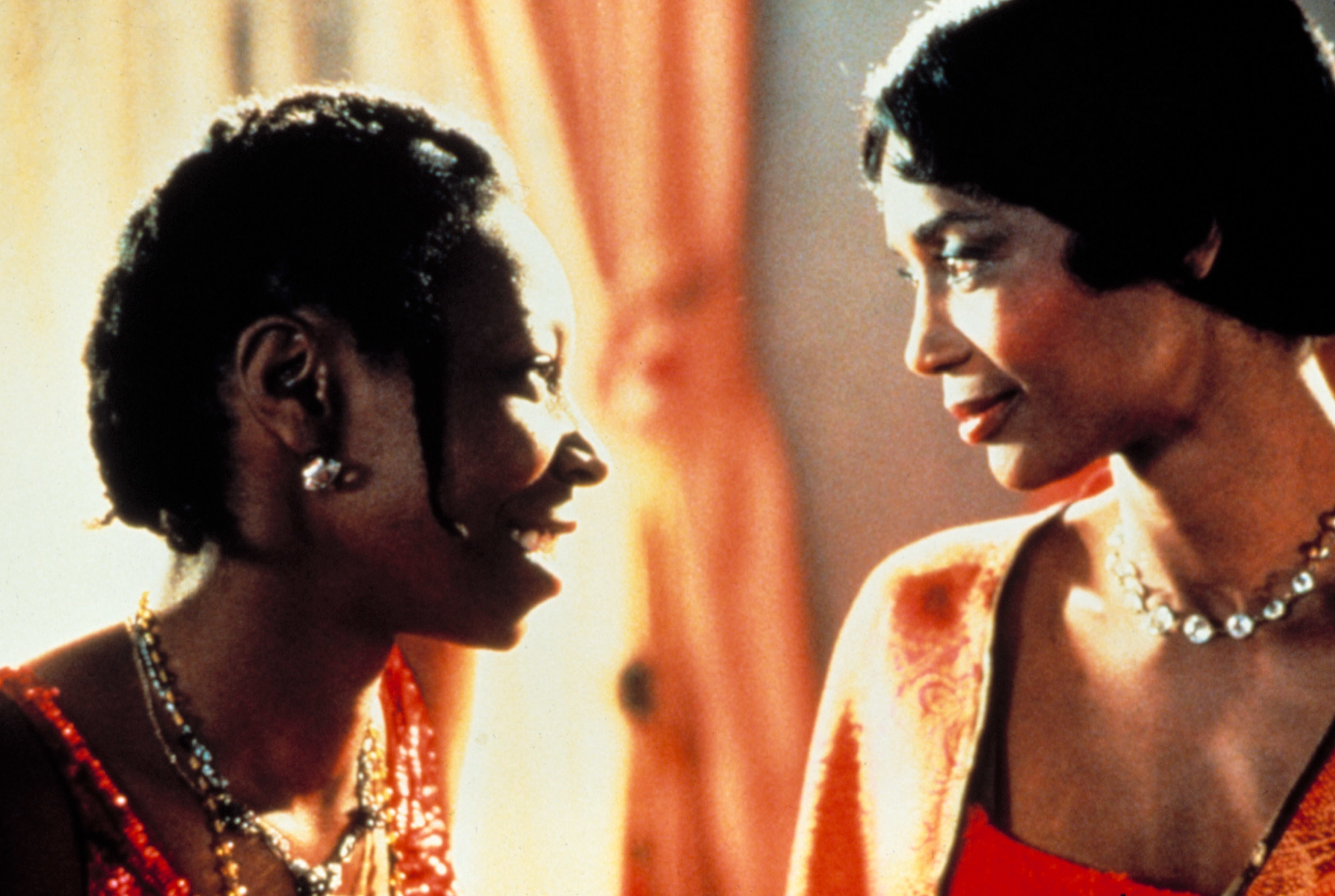
A review of The Same River Twice in SFGate notes that Walker experienced "a certain horror" when Steven Spielberg, the director of the adaptation, decided to completely avoid "the sexual passion and deep love between Shug and Celie," except for one kiss.
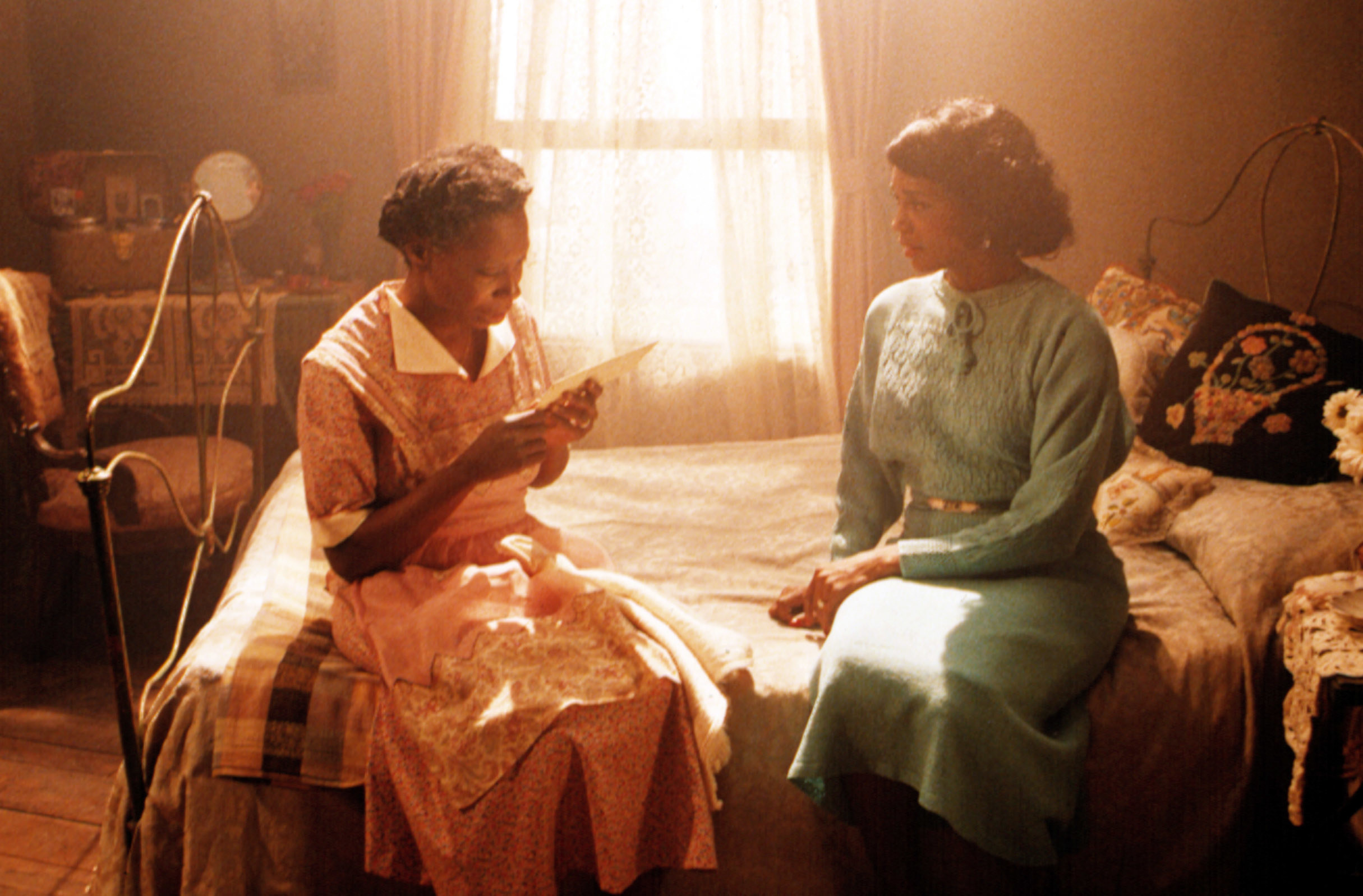
In a 2011 interview with Entertainment Weekly, Spielberg said, "In that sense, perhaps I was the wrong director to acquit some of the more sexually honest encounters between Shug and Celie, because I did soften those. I basically took something that was extremely erotic and very intentional, and I reduced it to a simple kiss. I got a lot of criticism for that." When asked if he would "change that now," Spielberg replied, "I wouldn’t, no. That kiss is consistent with the tonality, from beginning to end, of The Color Purple that I adapted."
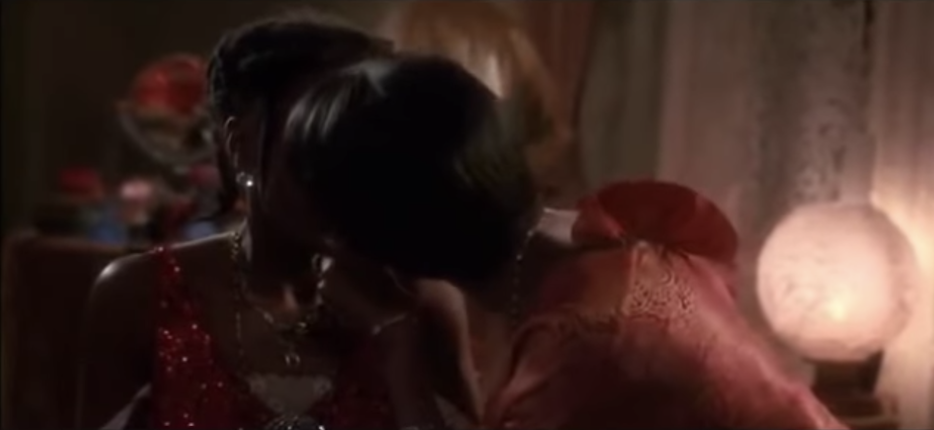
24. Meg Cabot told Cosmopolitan that she was 100% on board with killing off Mia Thermopolis's father, who is still alive in The Princess Diaries books.
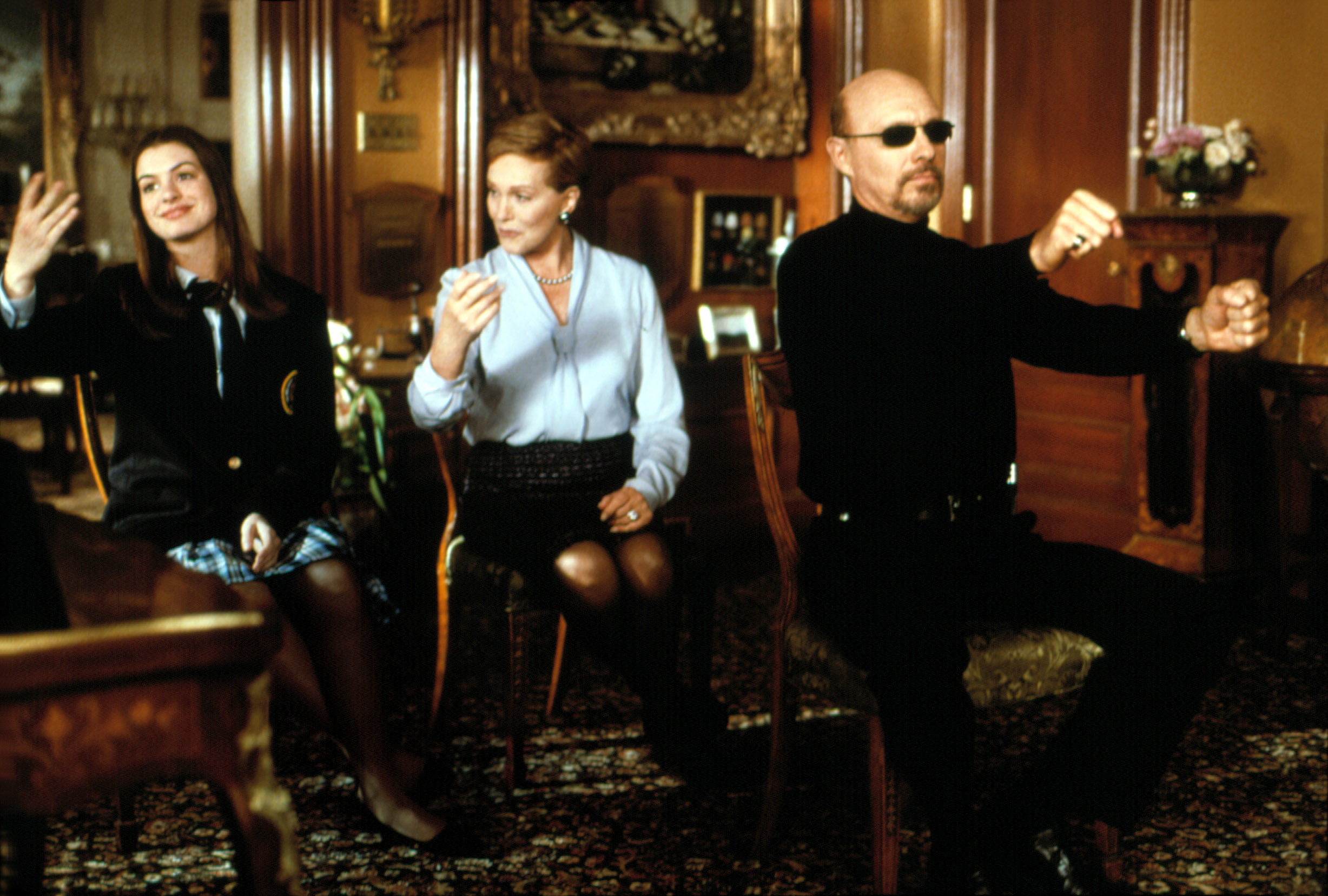
When a producer told her she needed to kill off Mia's dad, Cabot asked why. Cabot was told, "We want to have a bigger role for the grandmother because we’ve got this great actress that wants to play her." When Cabot asked who exactly wanted the role, the producer told her it was none other than Julie Andrews.
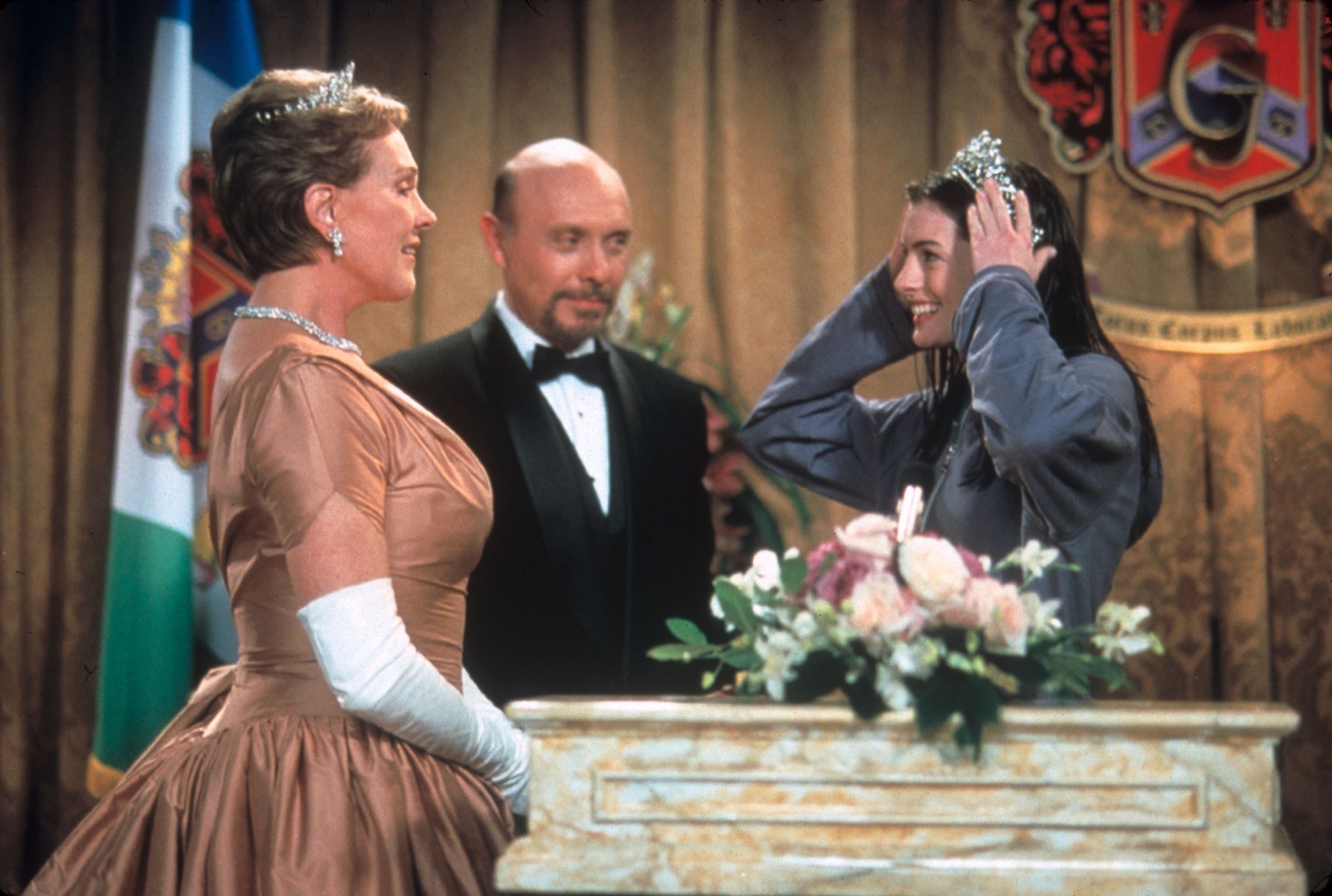
Cabot's response? "Oh my god. Kill him. Kill the dad.”
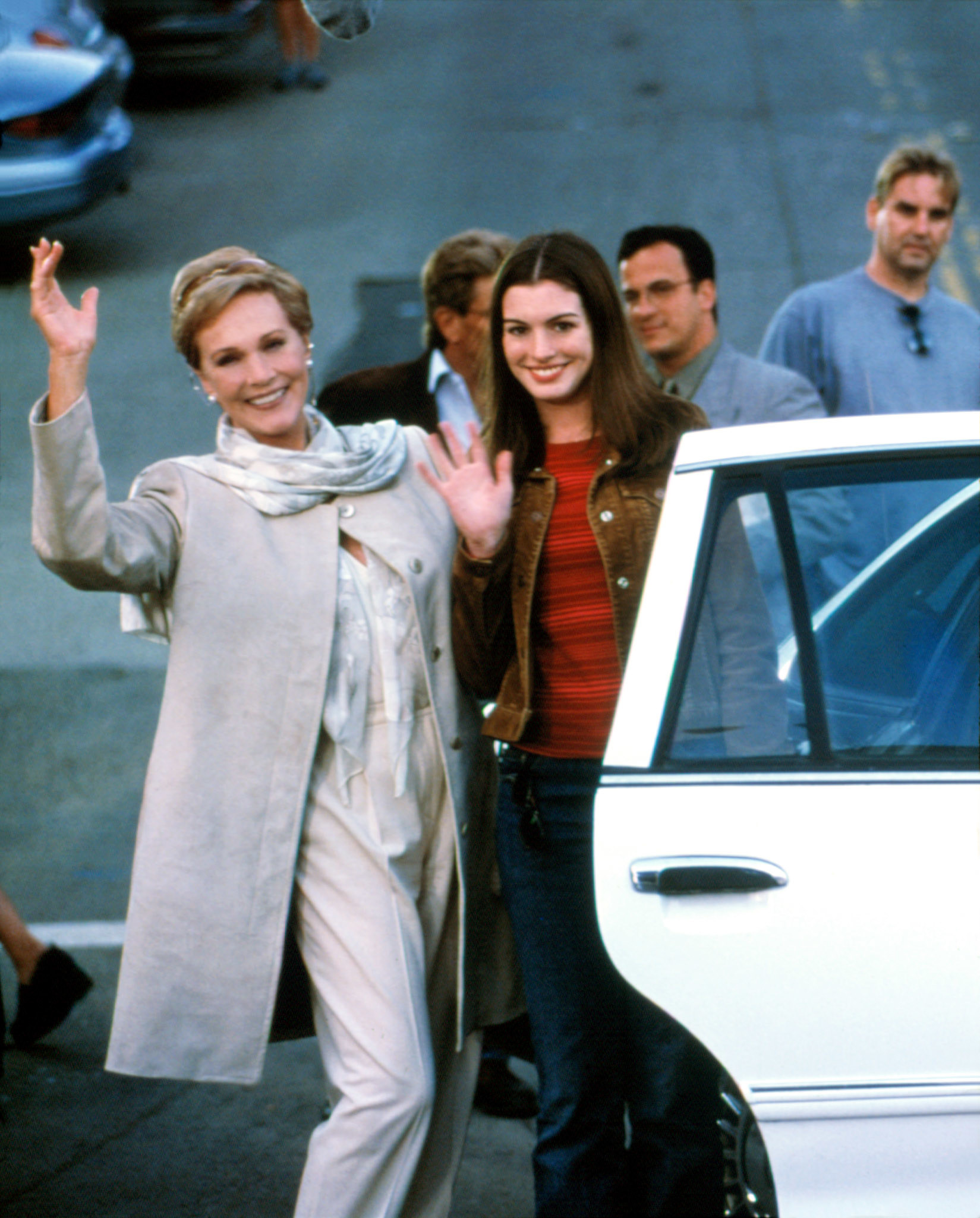
25. Another book-to-movie change that troubled Alice Walker was the interpretation of the character Mister, who was "originally based on her grandfather."
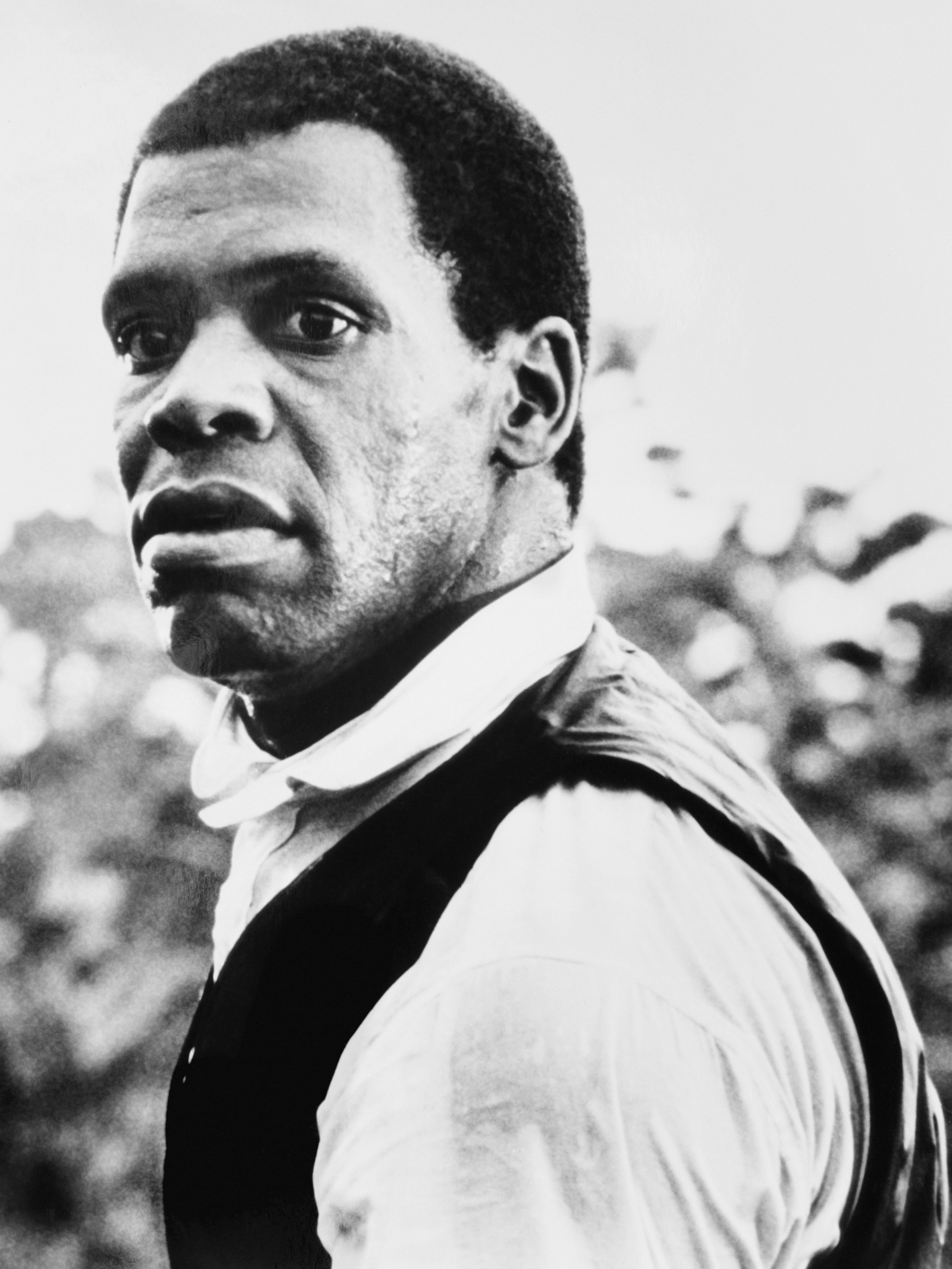
Walker wrote that in her book, "There were layers and layers of him. To think of him reduced to one layer, and that of brutality, was a torture."
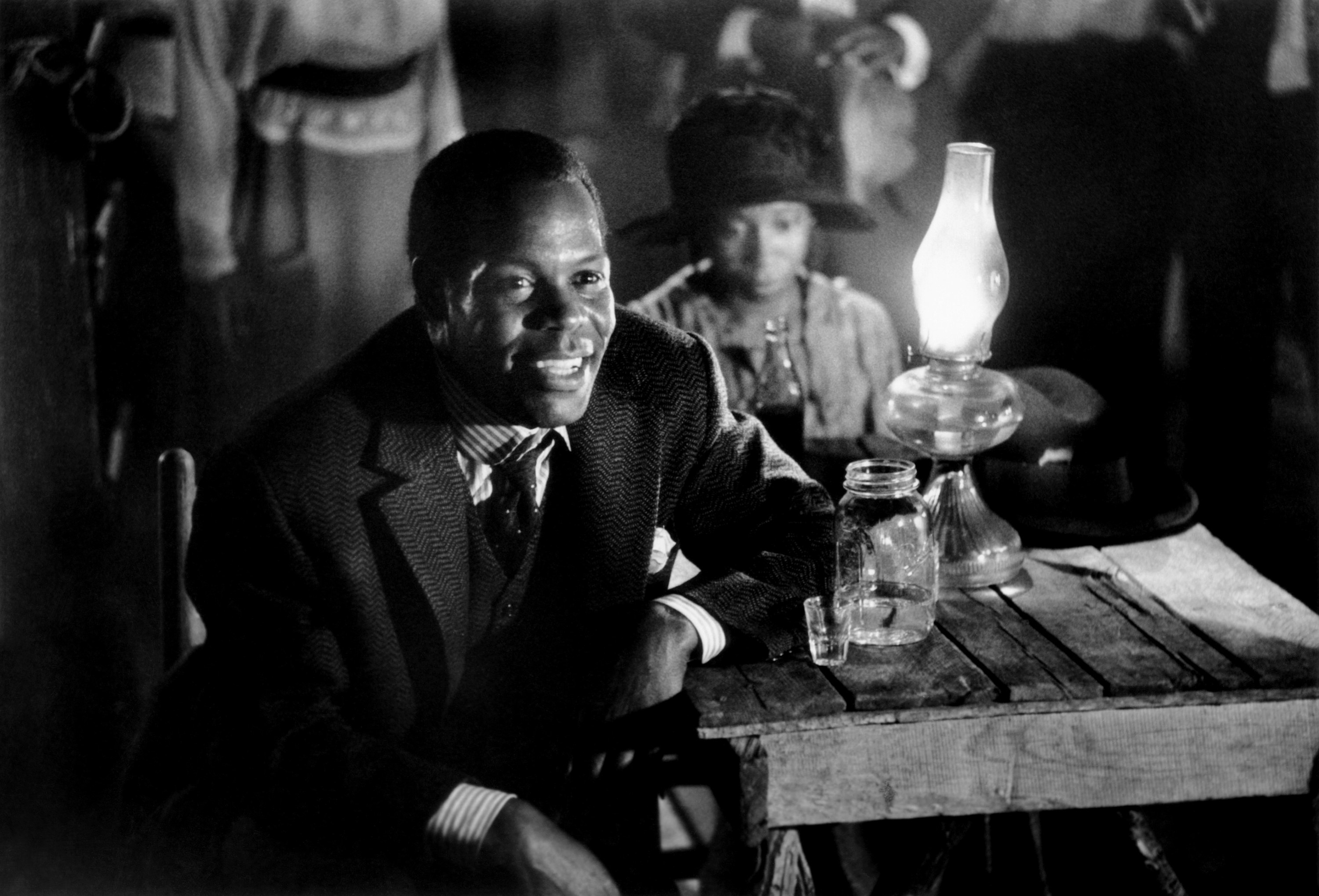
26. John Green told the Los Angeles Times that he preferred the ending to the movie adaptation of The Fault in Our Stars better than the one he wrote for the novel.
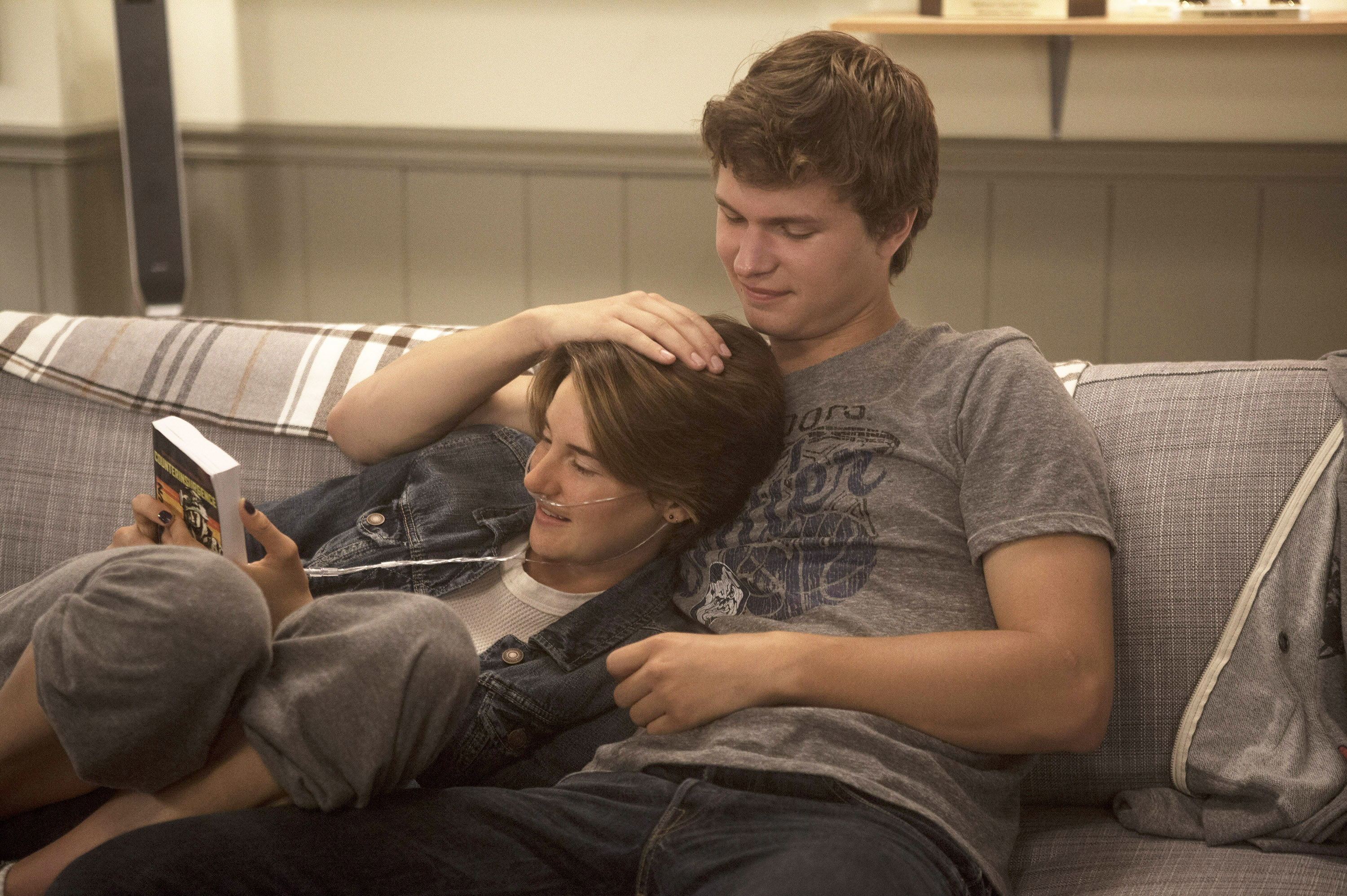
Green said, "When I saw their draft, I liked the ending better than I liked the ending of my book. That was a good feeling — and a little bit annoying."
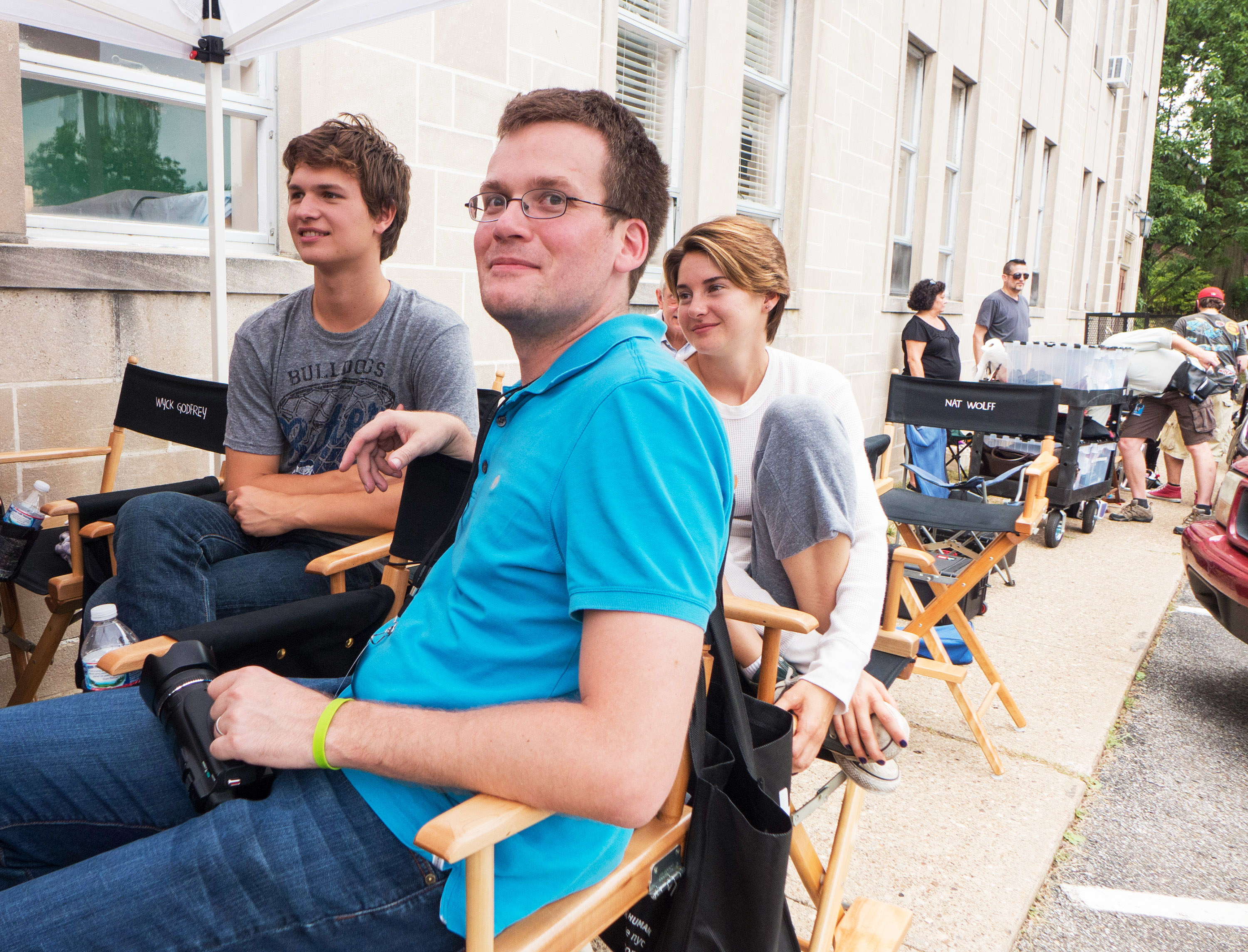
It isn't entirely clear what aspects of the movie's final scenes he prefers, but it may be the fact that in the book, Hazel is emailed the obituary Gus wrote her by Peter Van Houten's assistant, Lidewij, while in the movie, she finds his notes "in her car after she's bombarded by Van Houten at Gus' funeral."
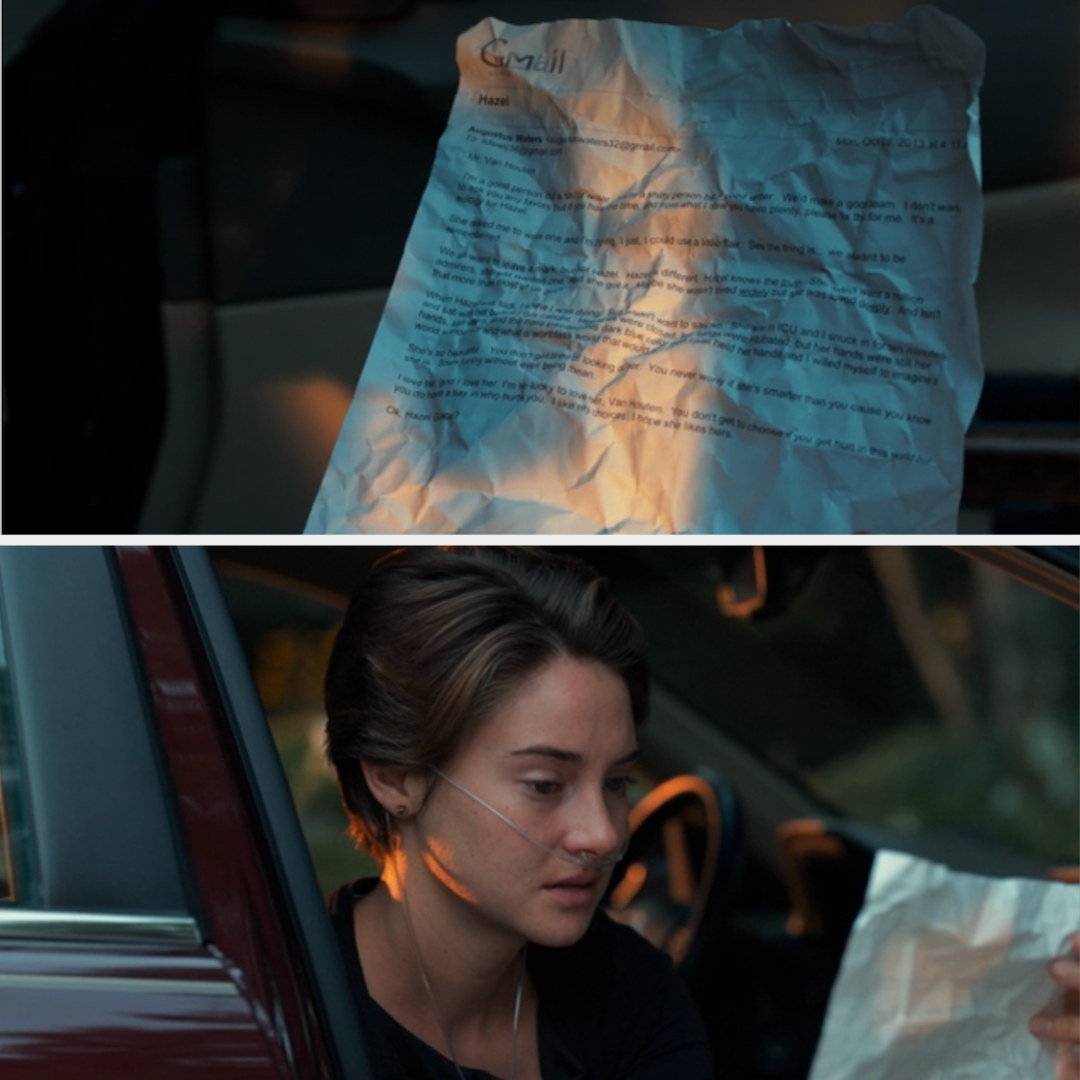
27. And finally: Jenny Han told Teen Vogue that one scene that was in To All the Boys I've Loved Before that she was sorry to see left out of the movie was "the Halloween scene, where [Lara Jean's] dressed up as Cho Chang and Peter’s dressed up as Spider-Man."
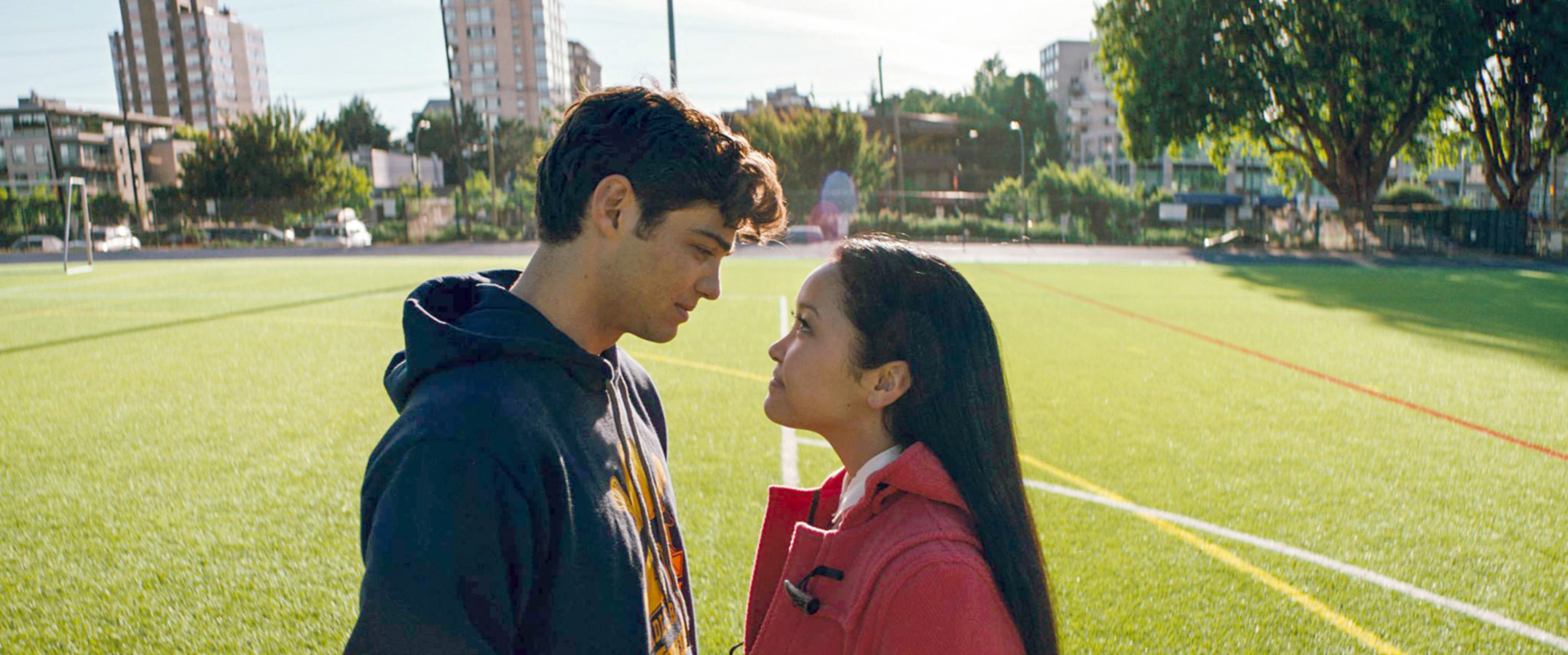
Han said that a "rights issue" prevented the Spider-Man costume from appearing in the film.
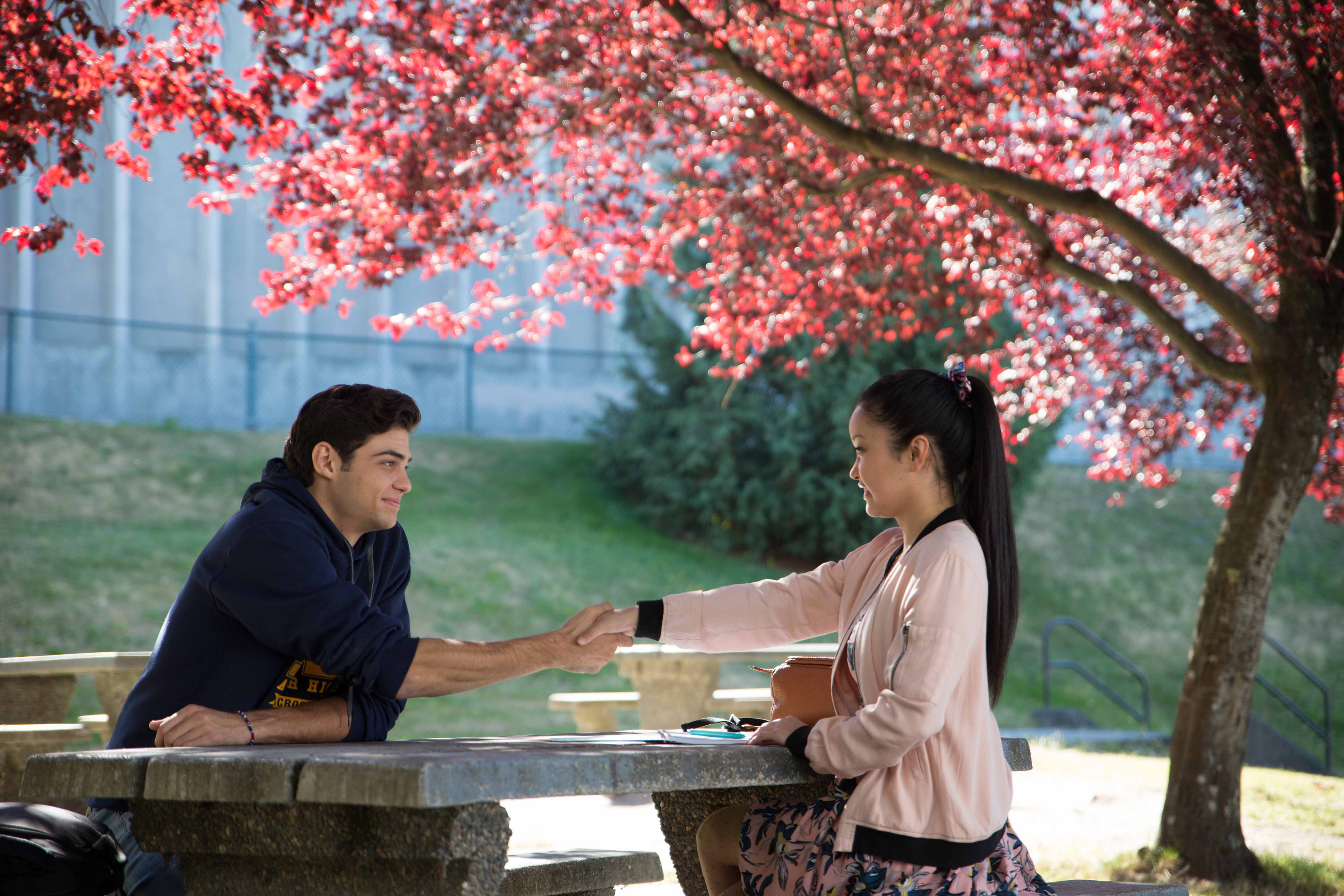
However, she went on to say, "I’m fine with that not being in there; I’d rather it be as it was, or not at all."
